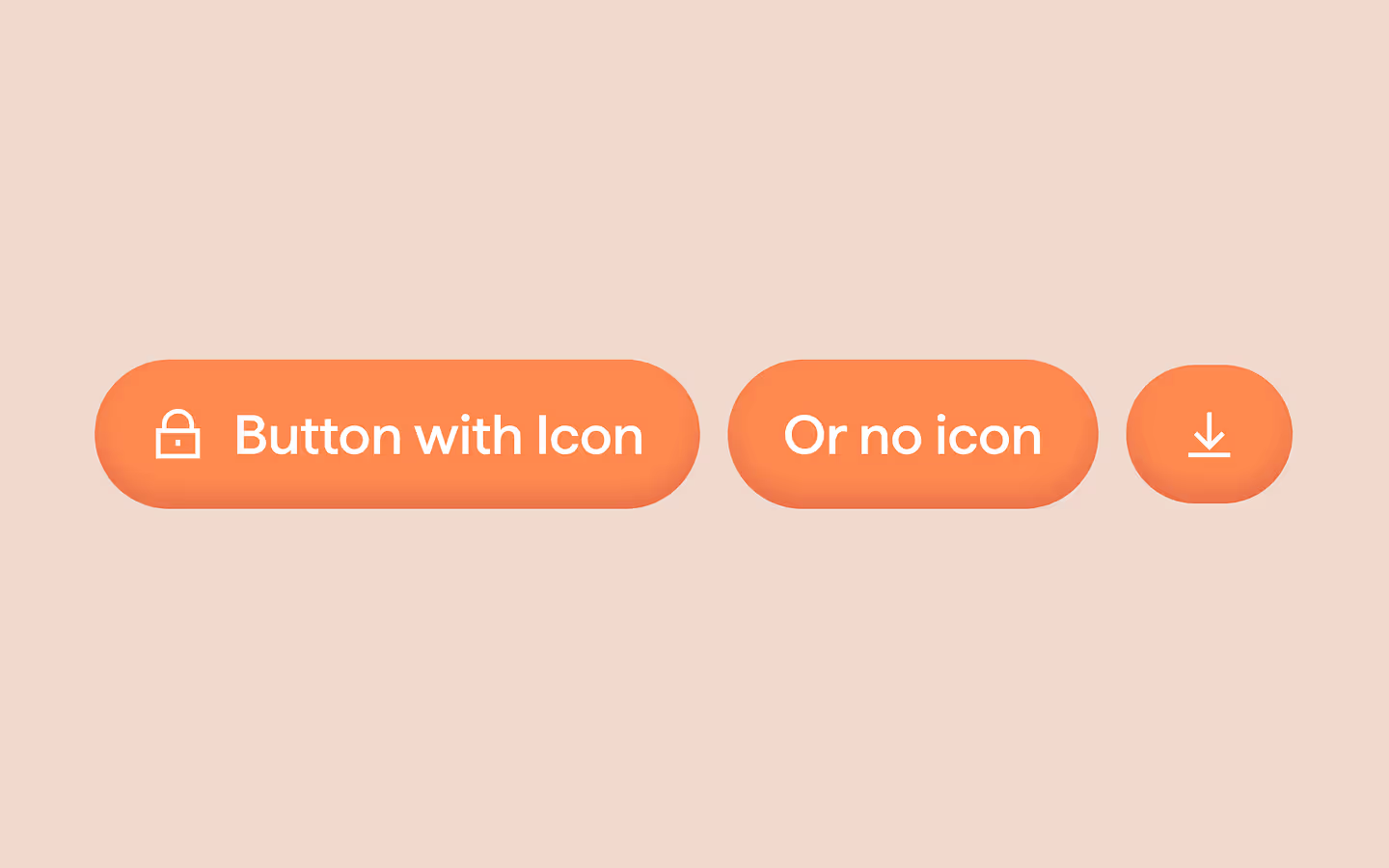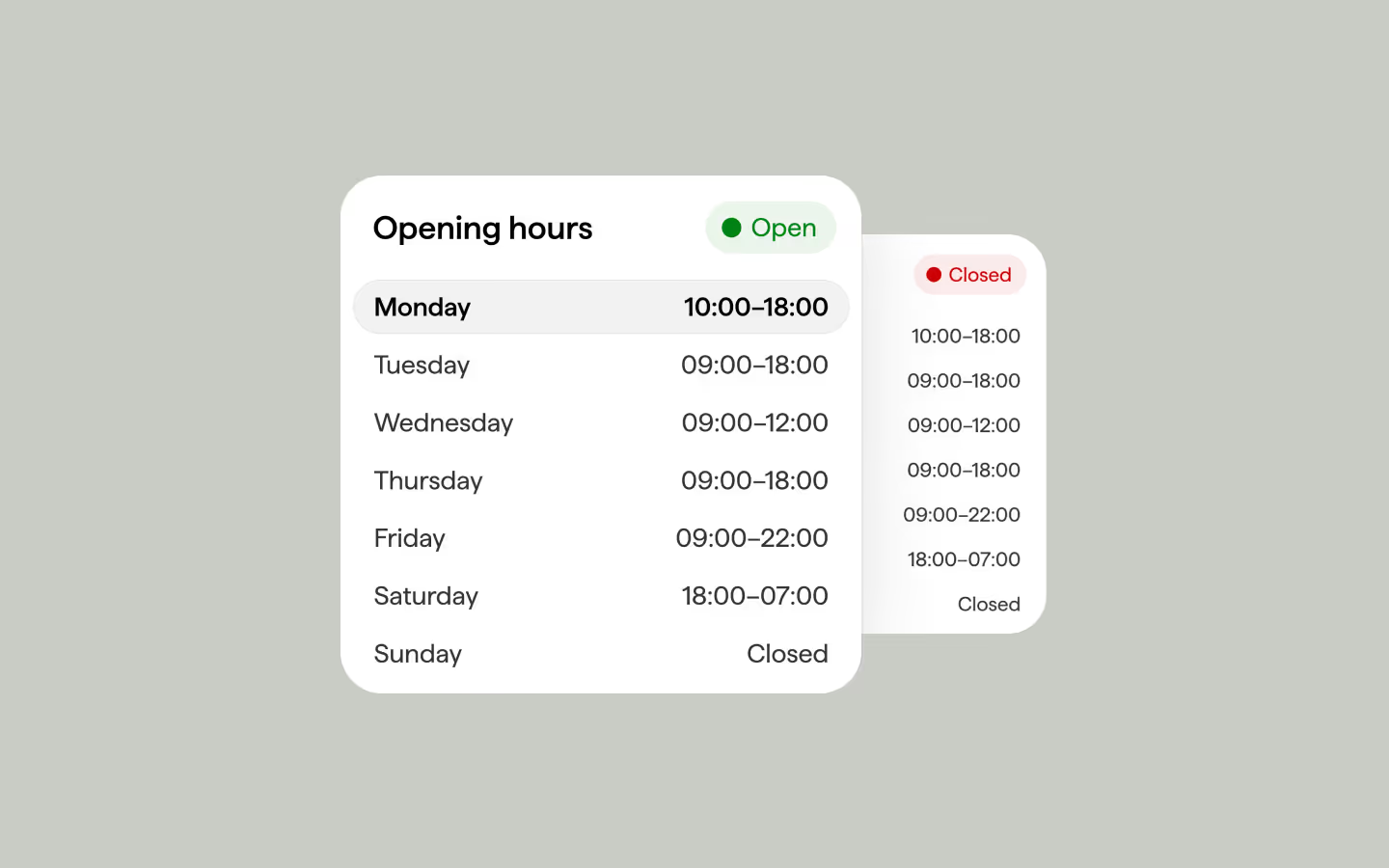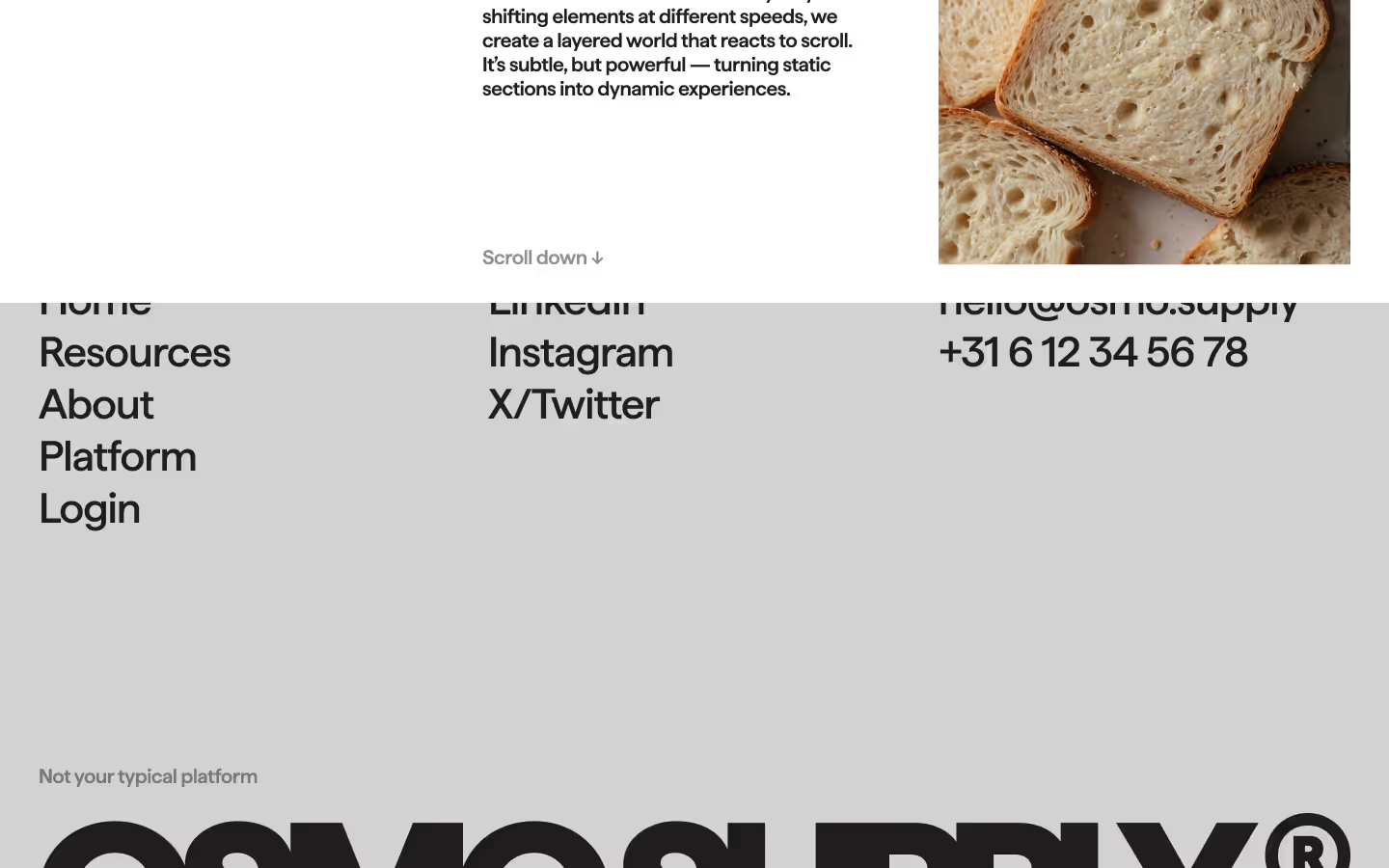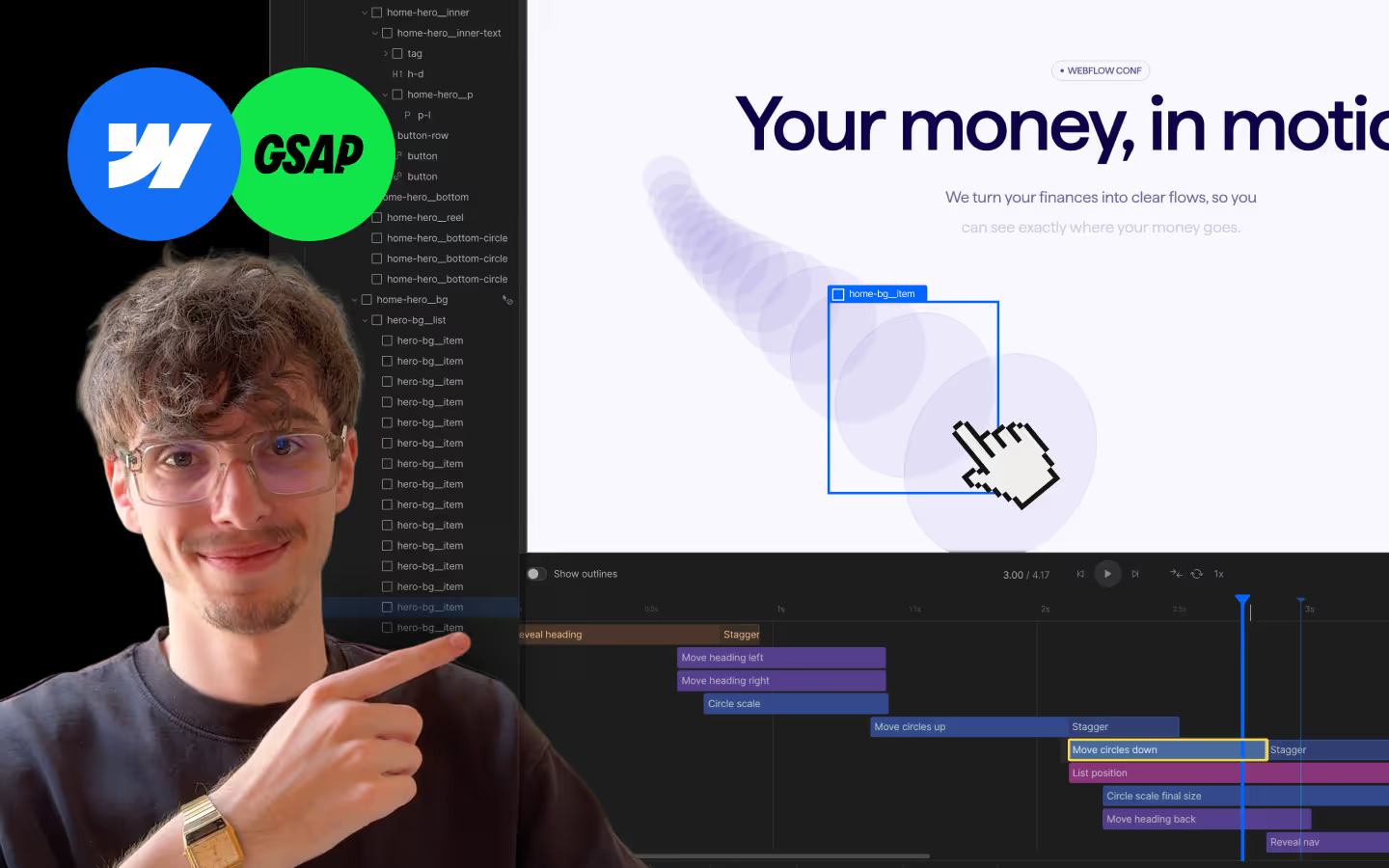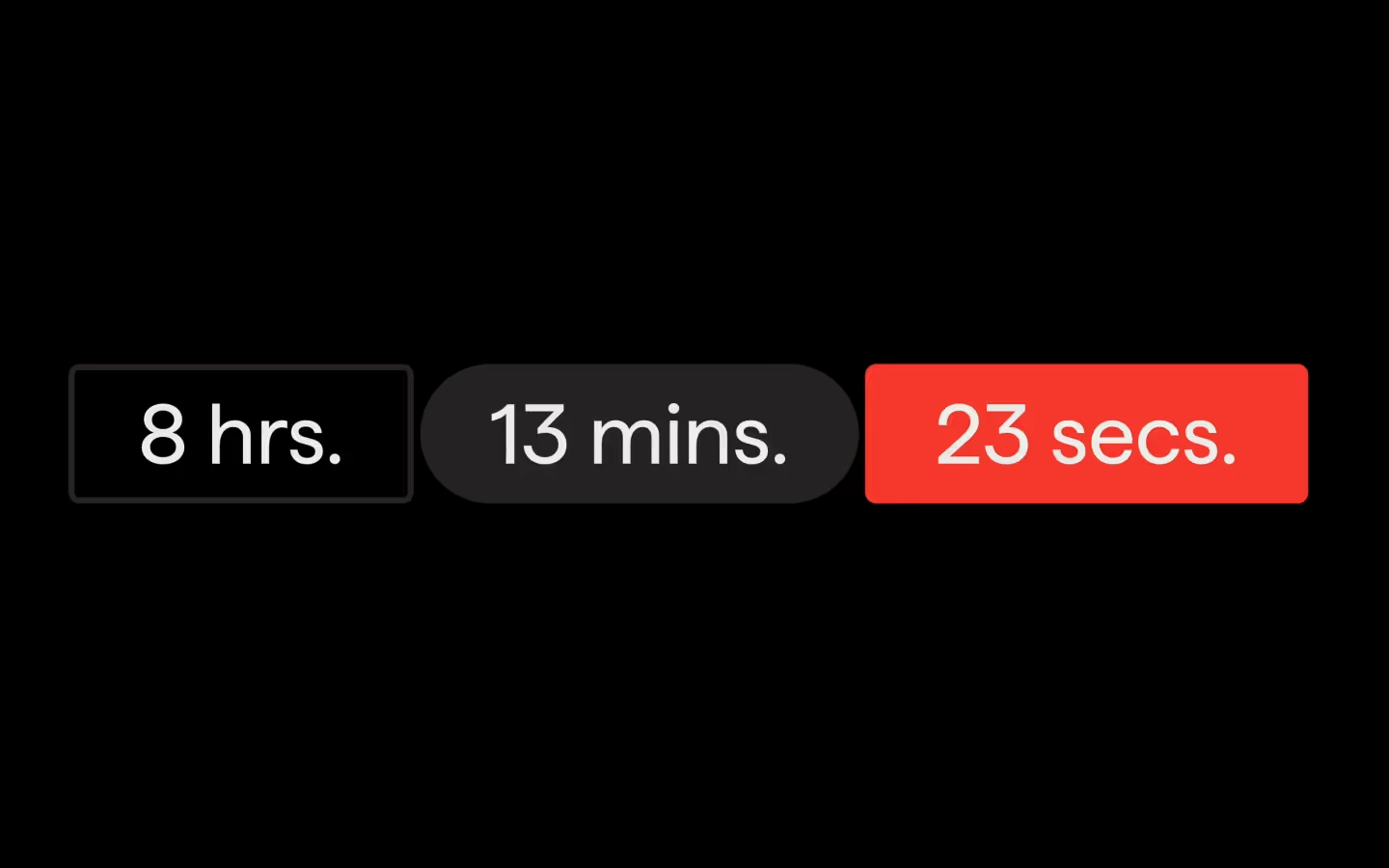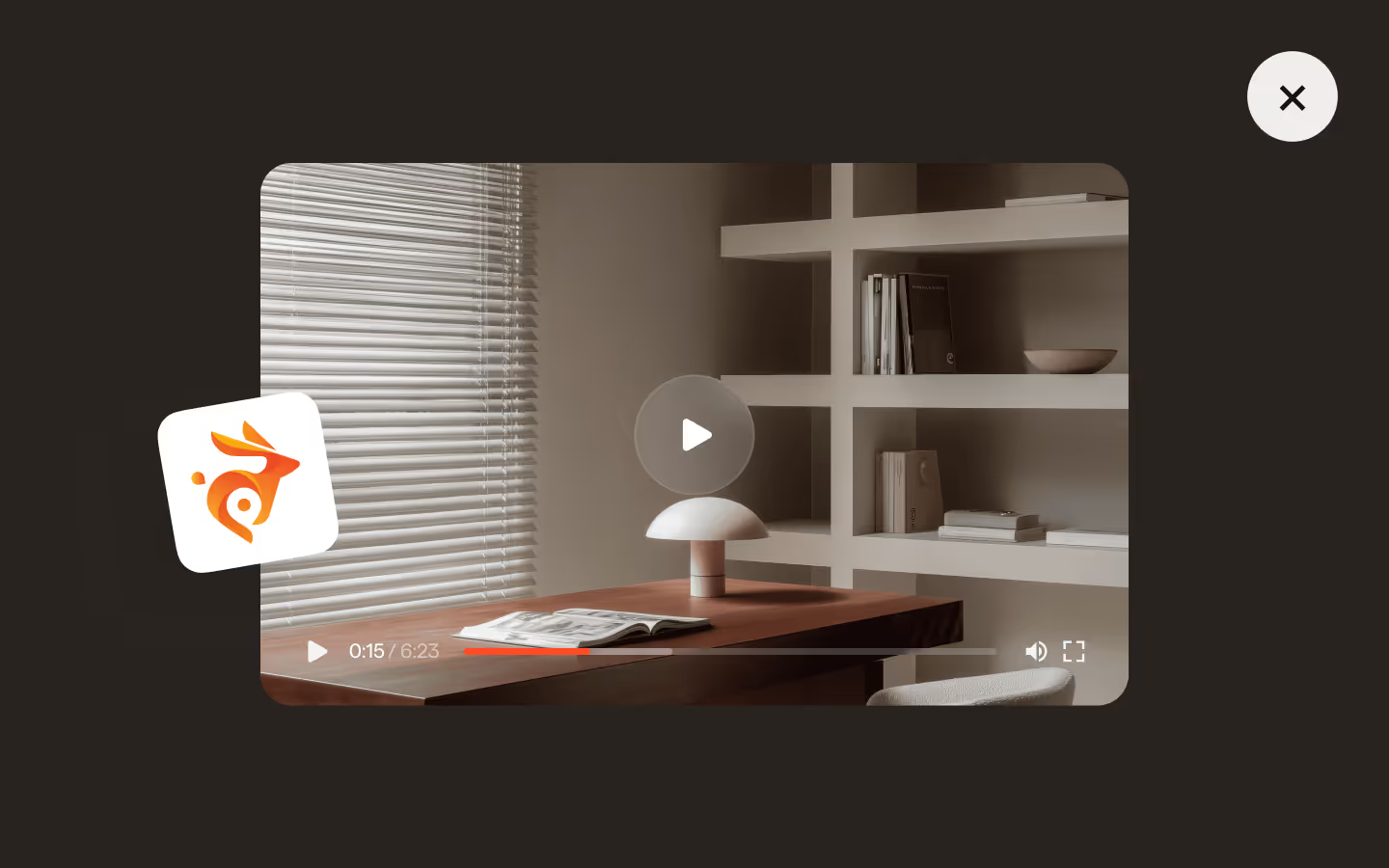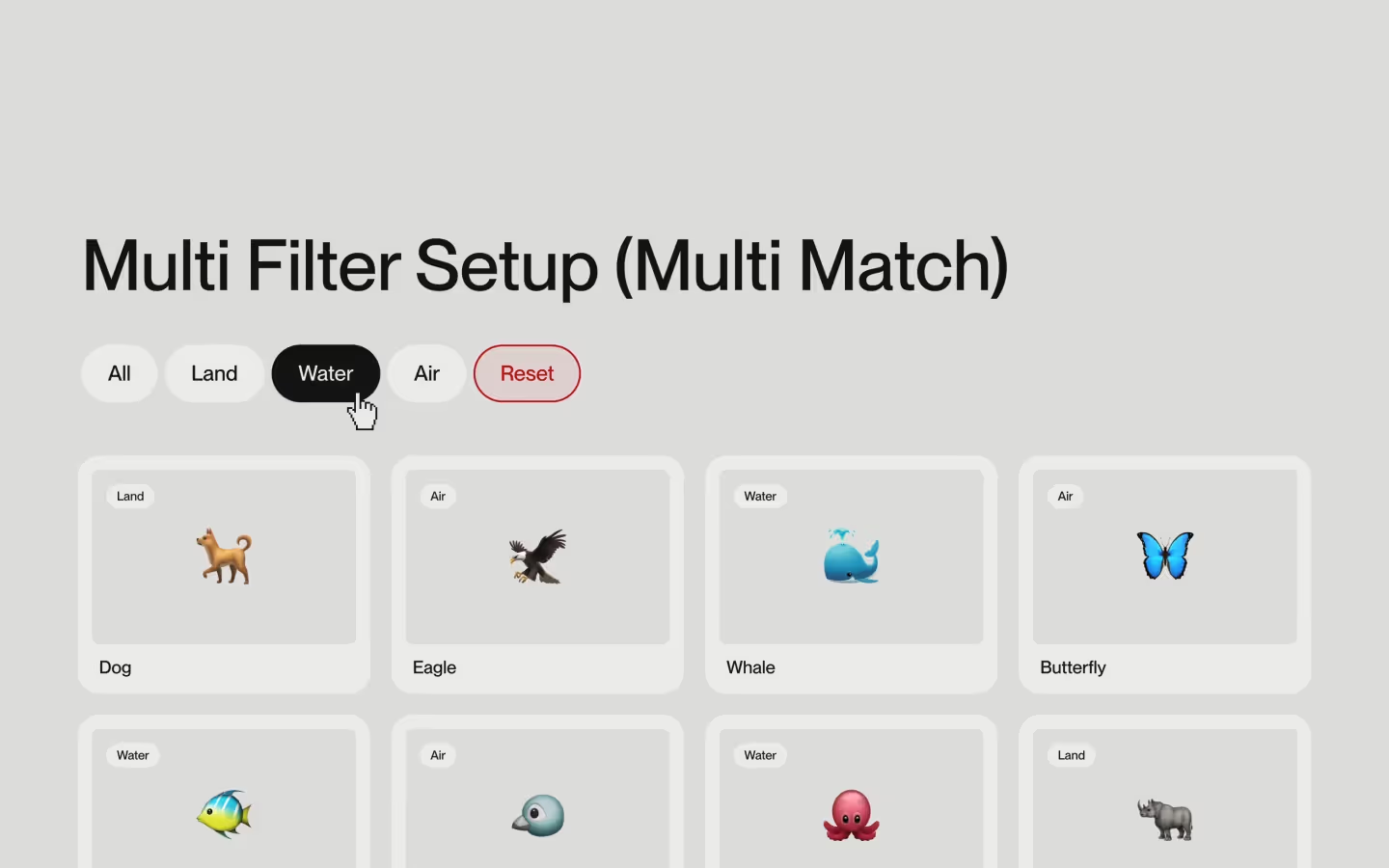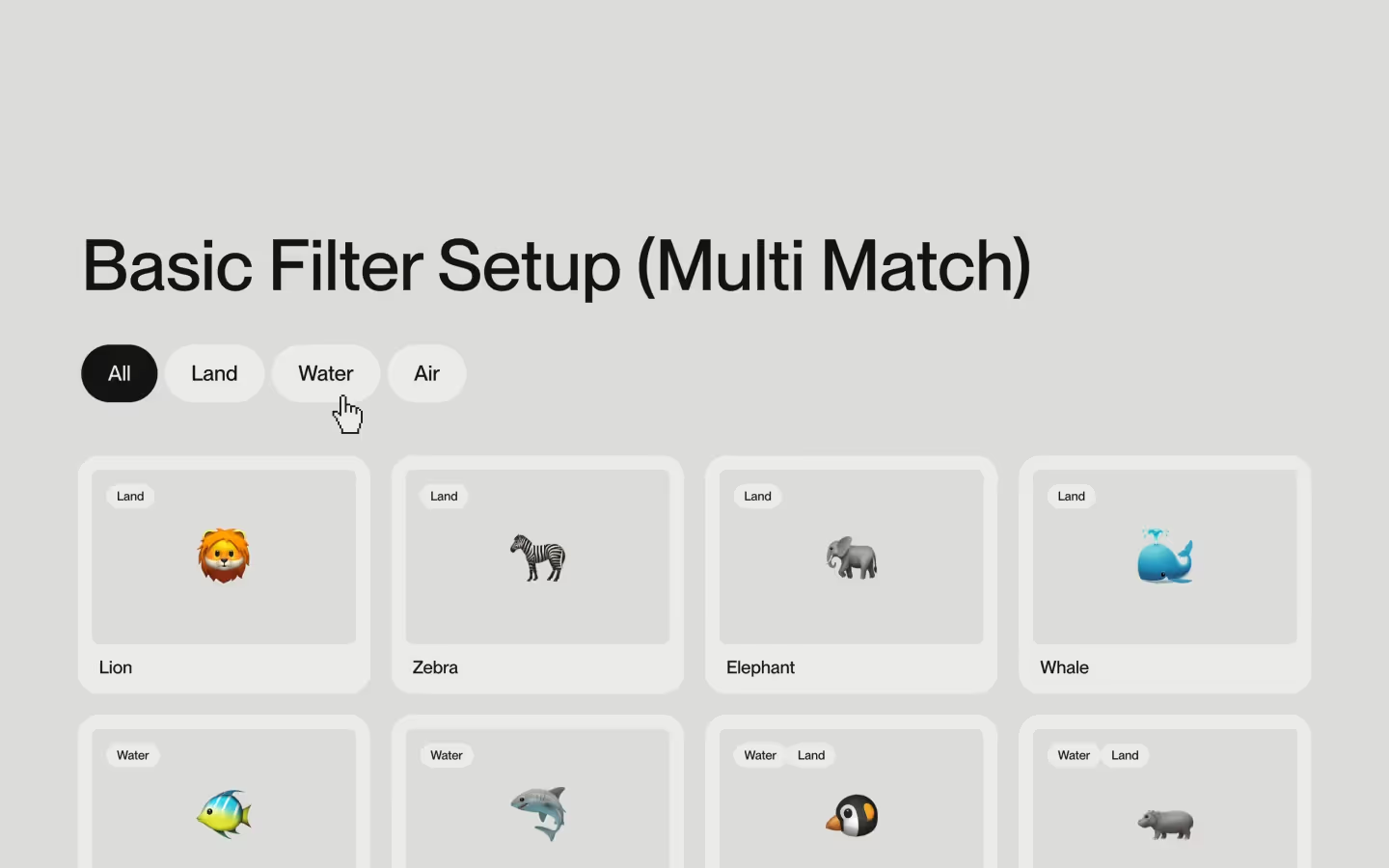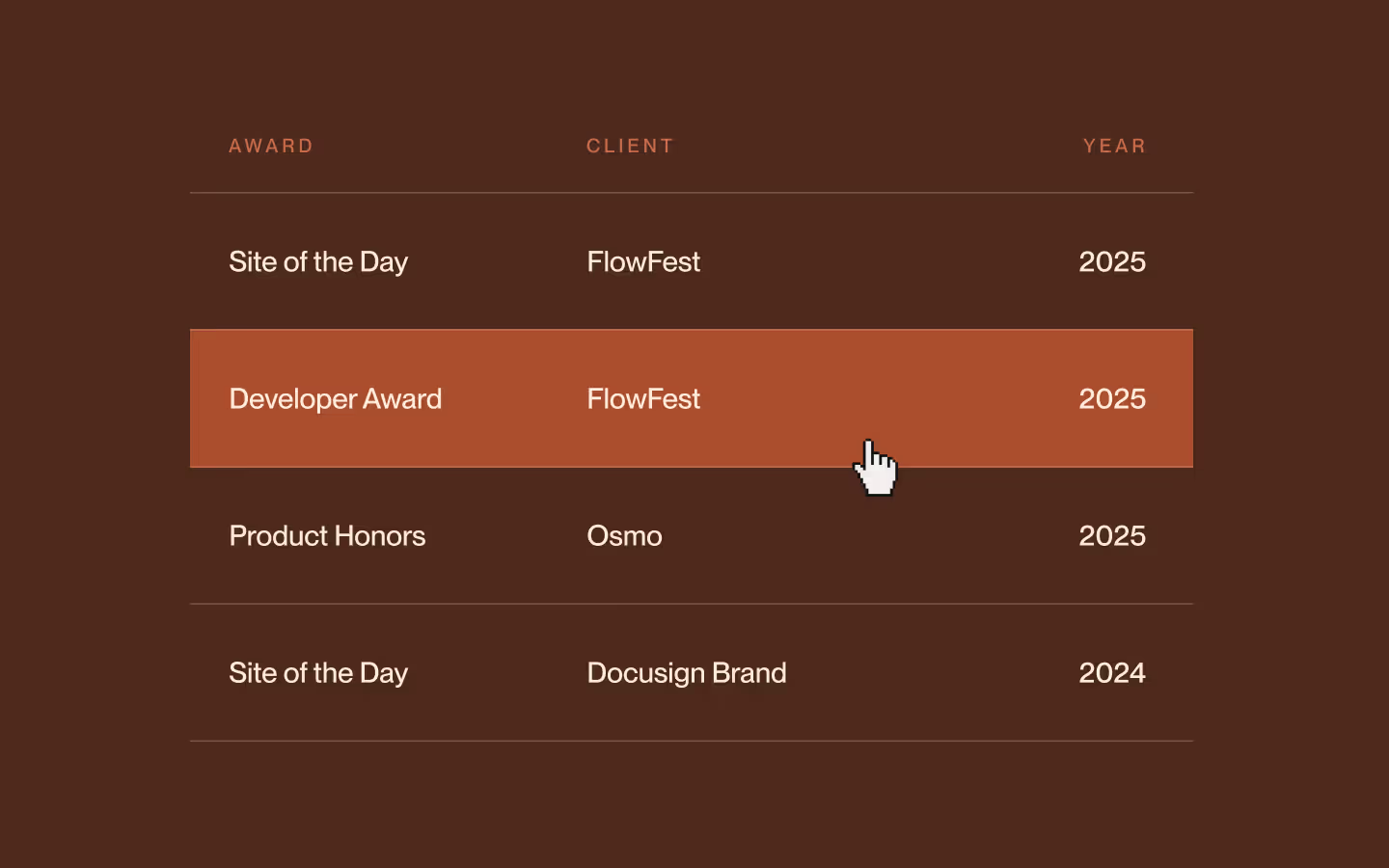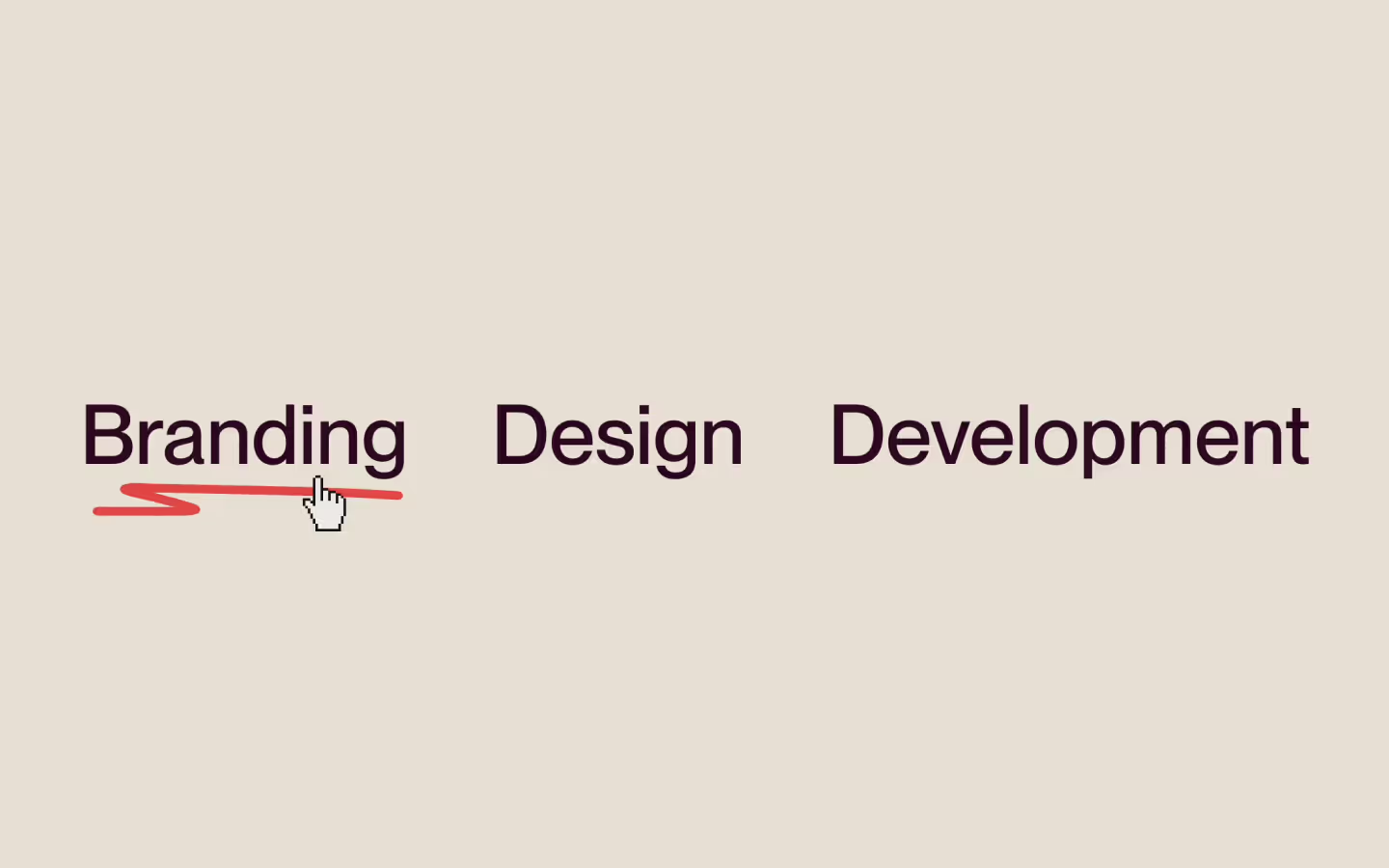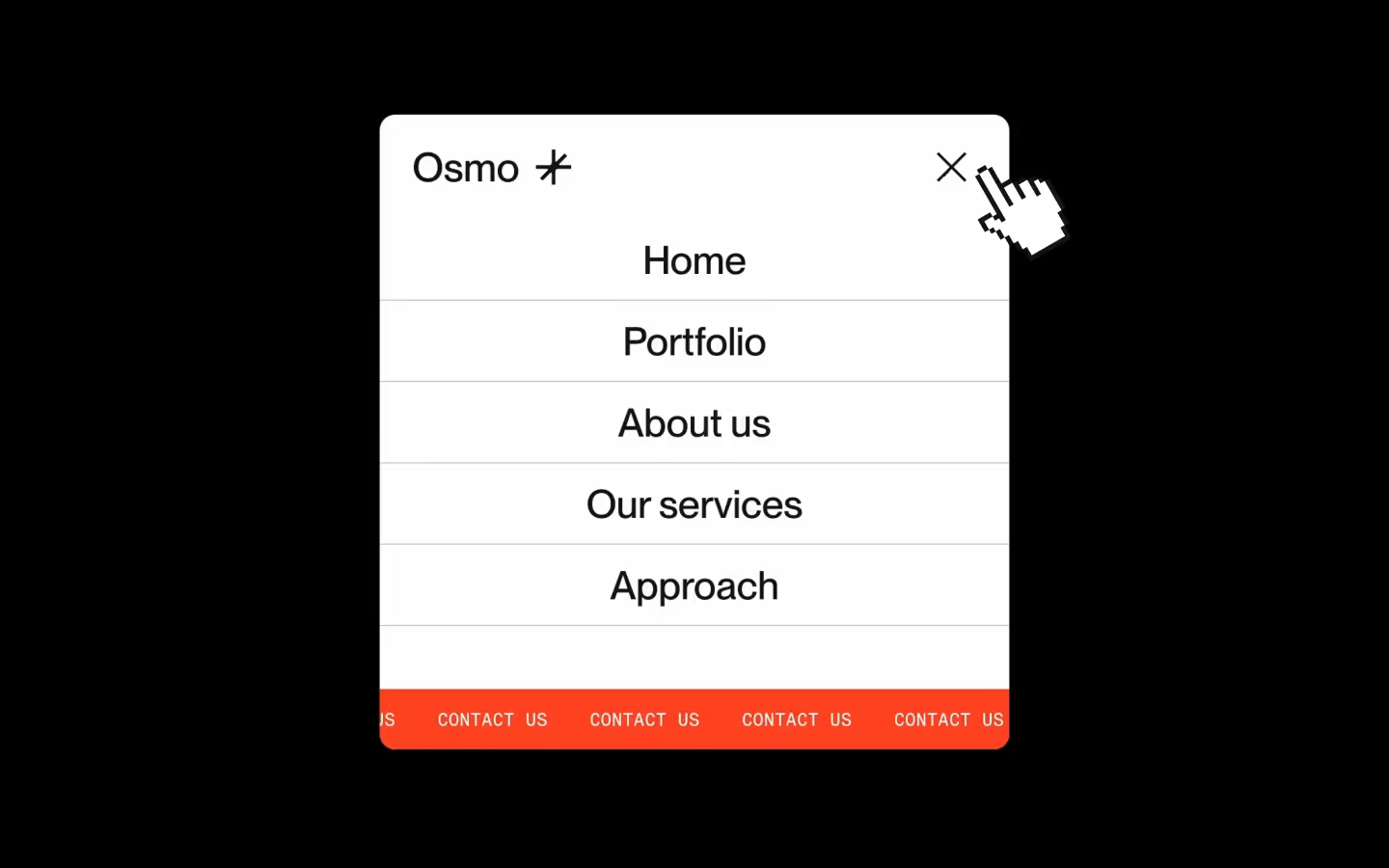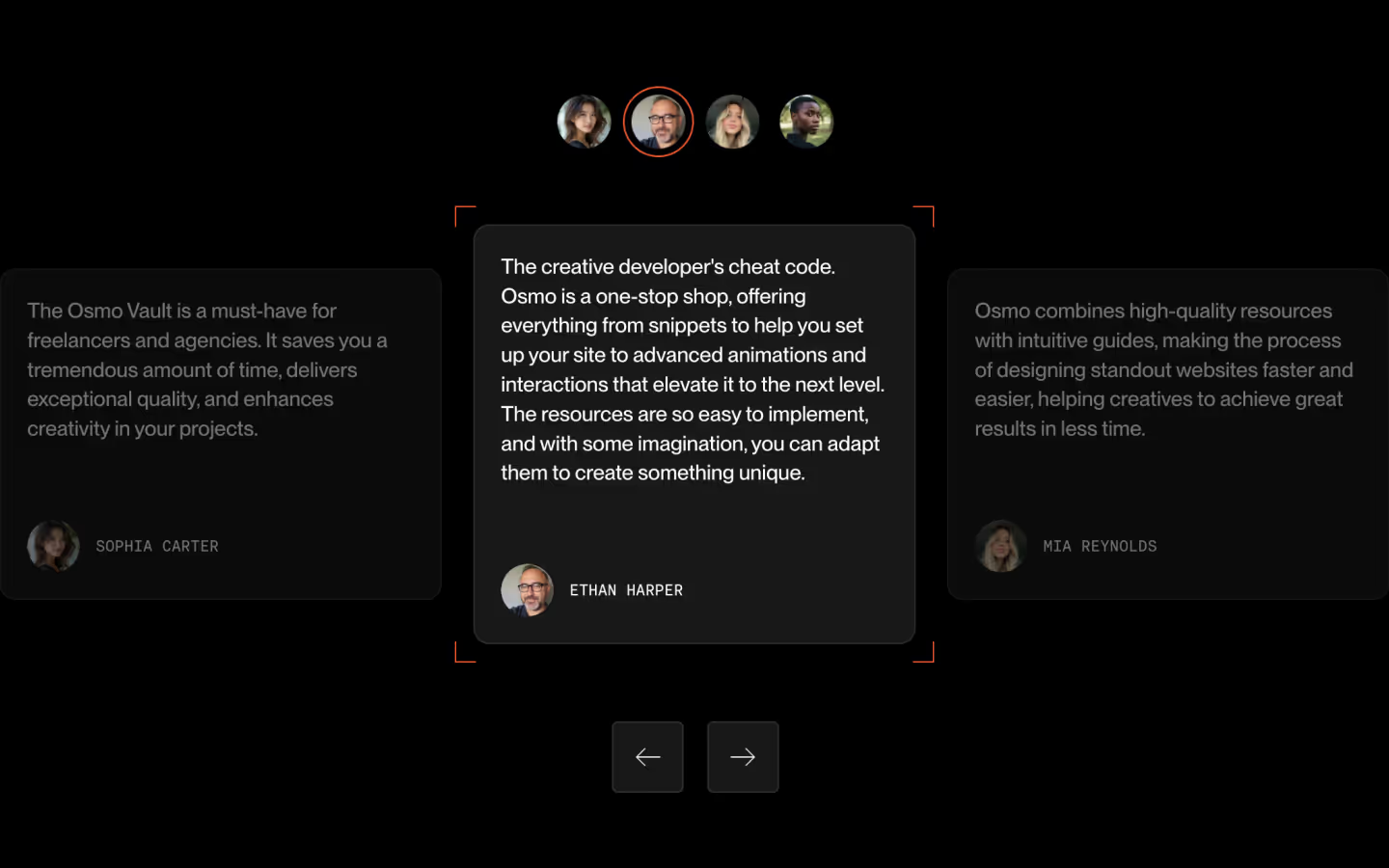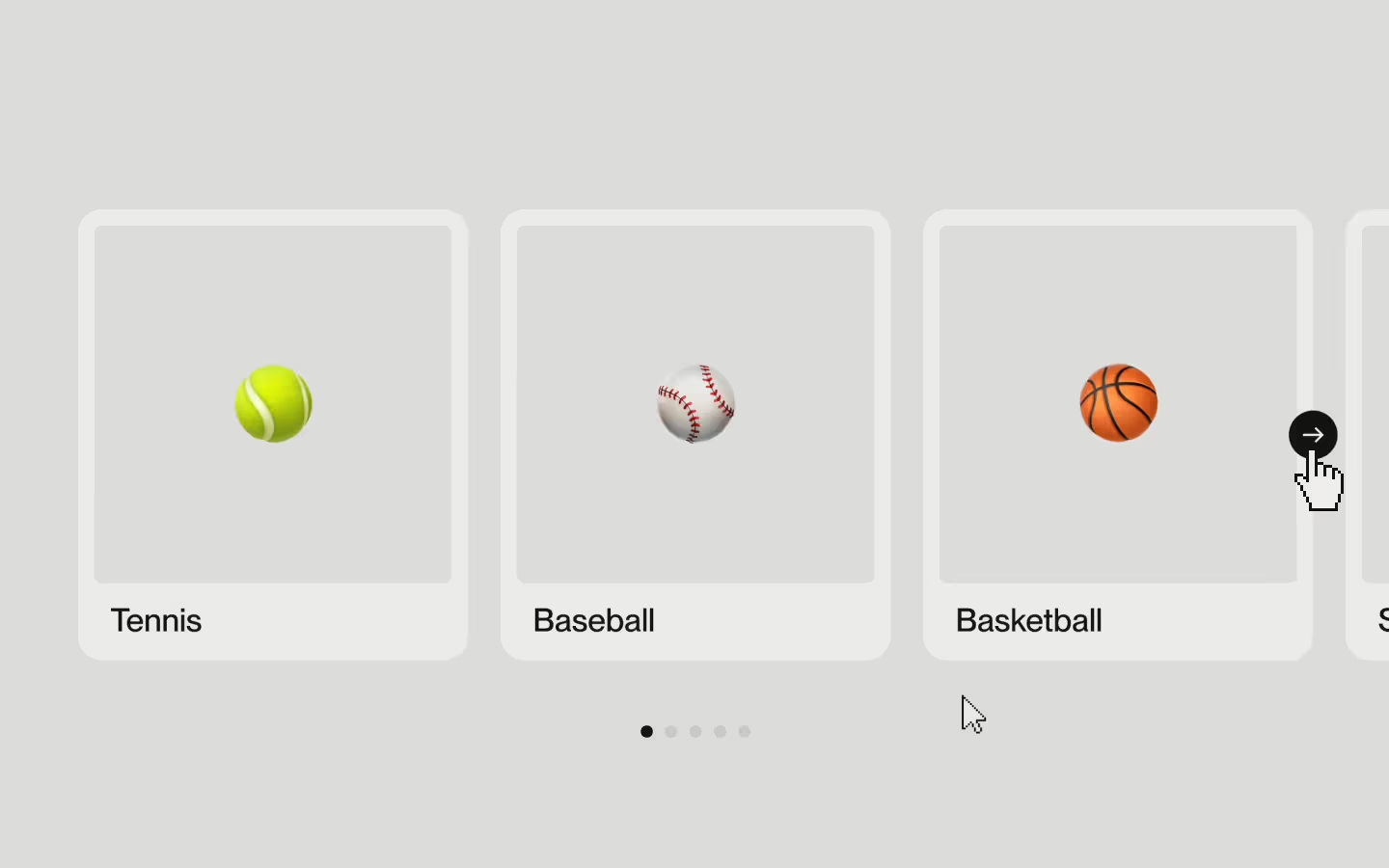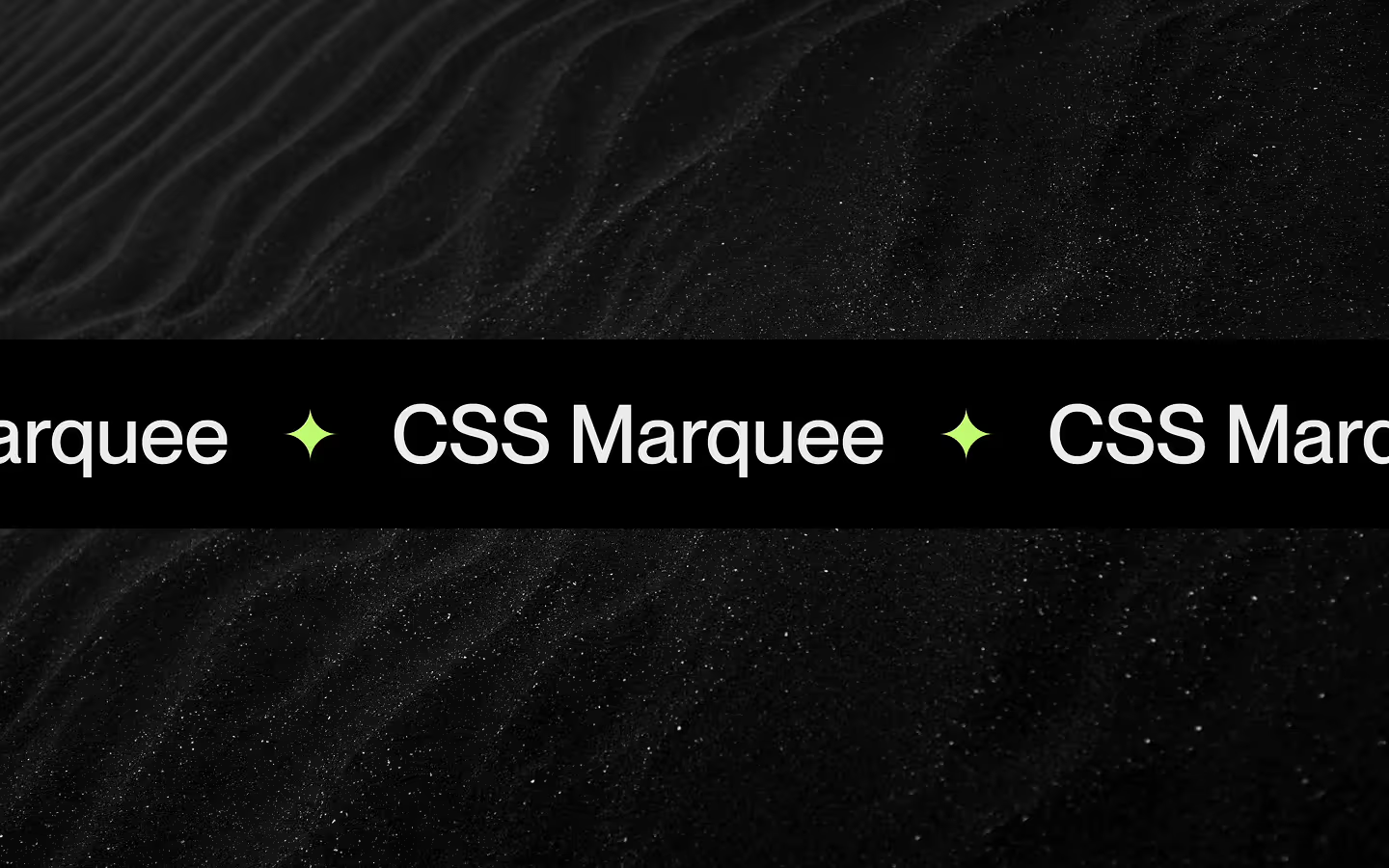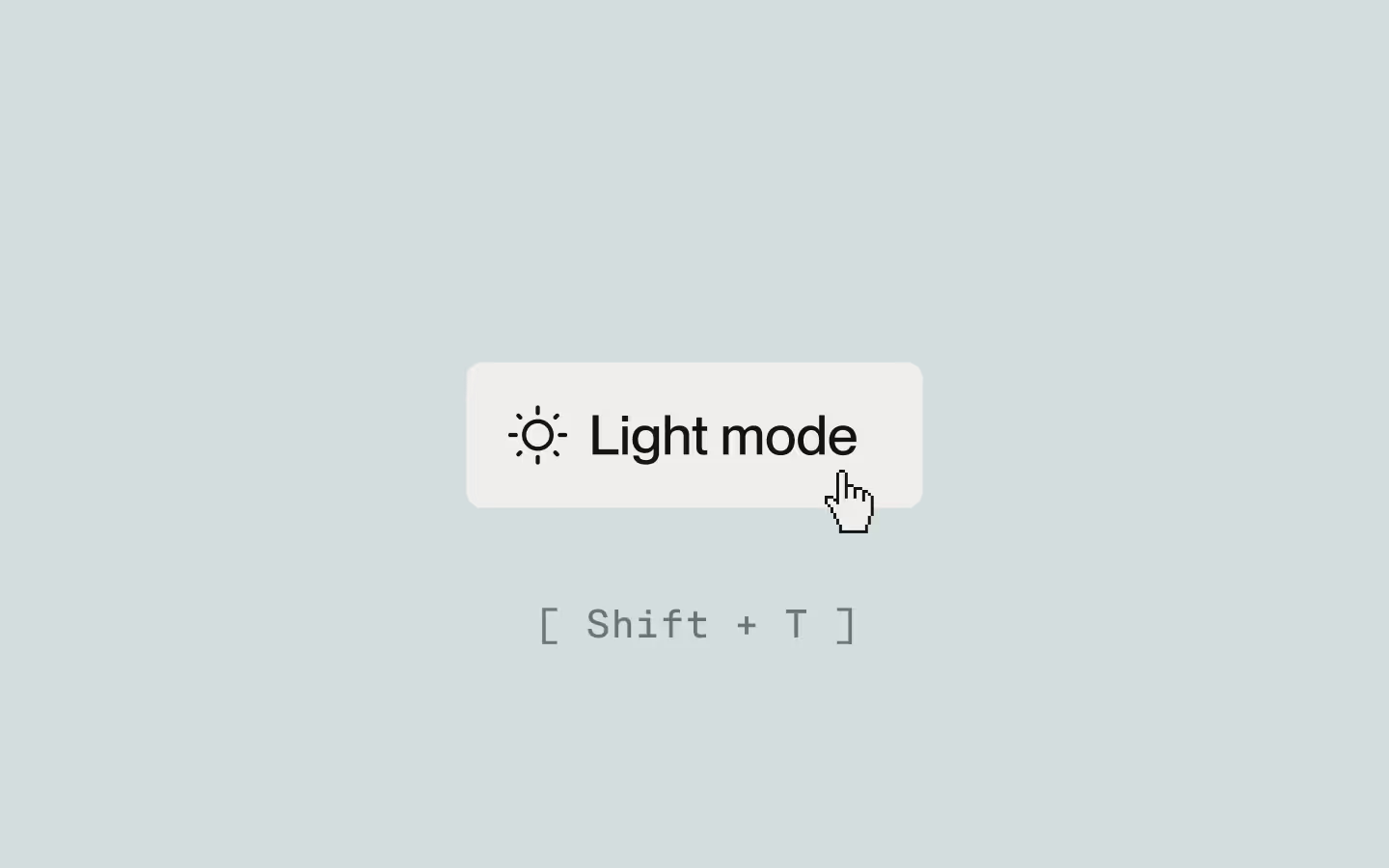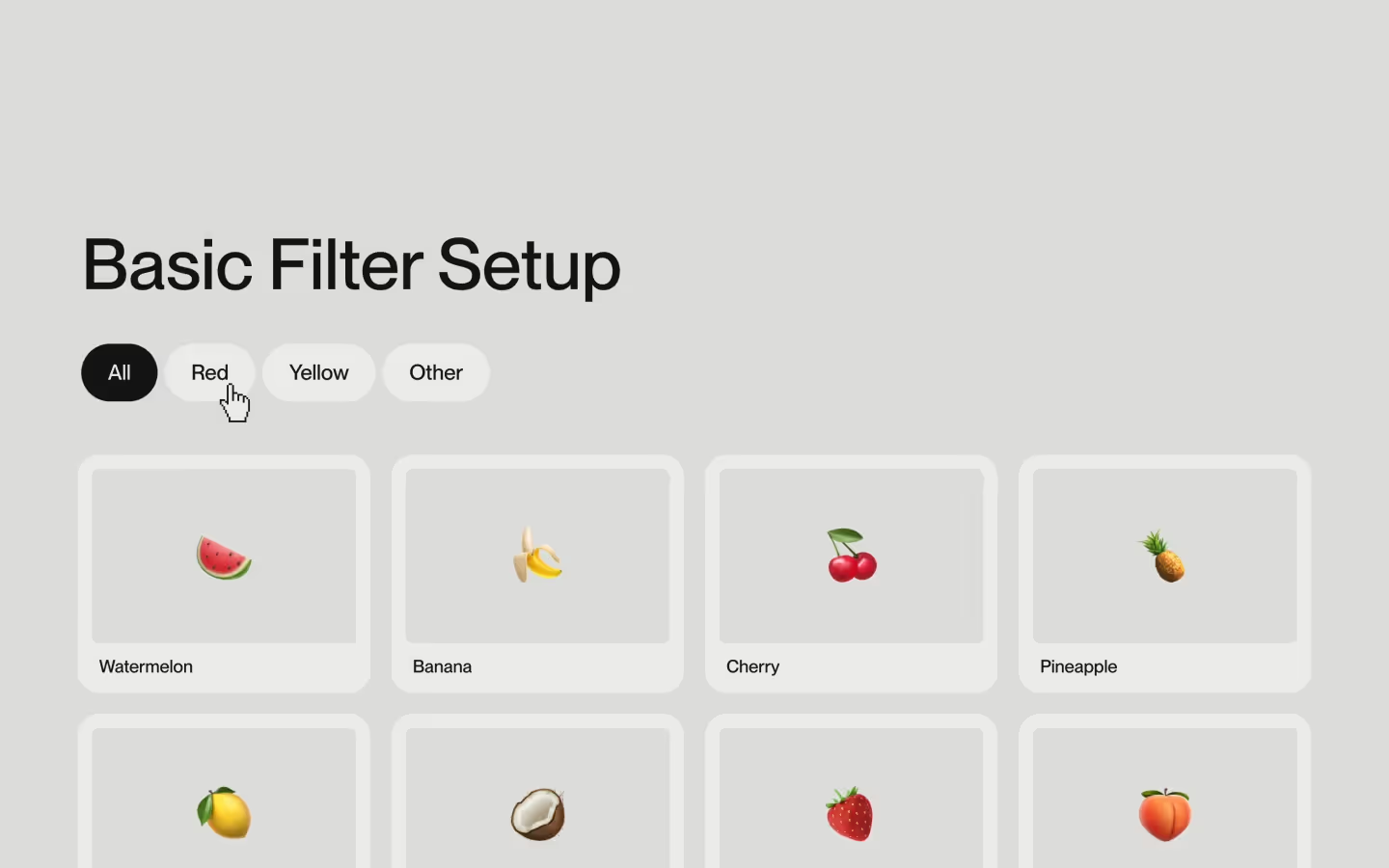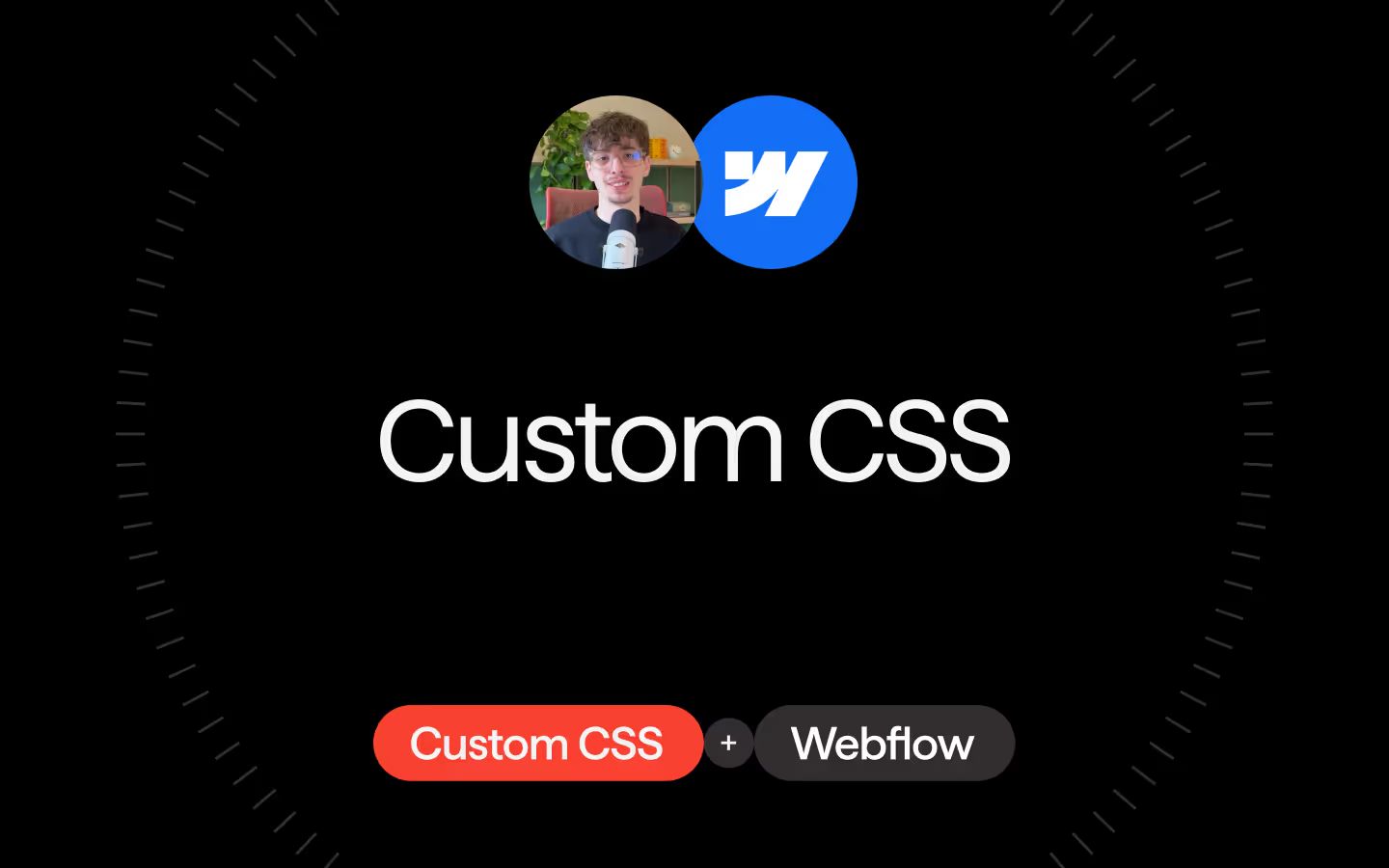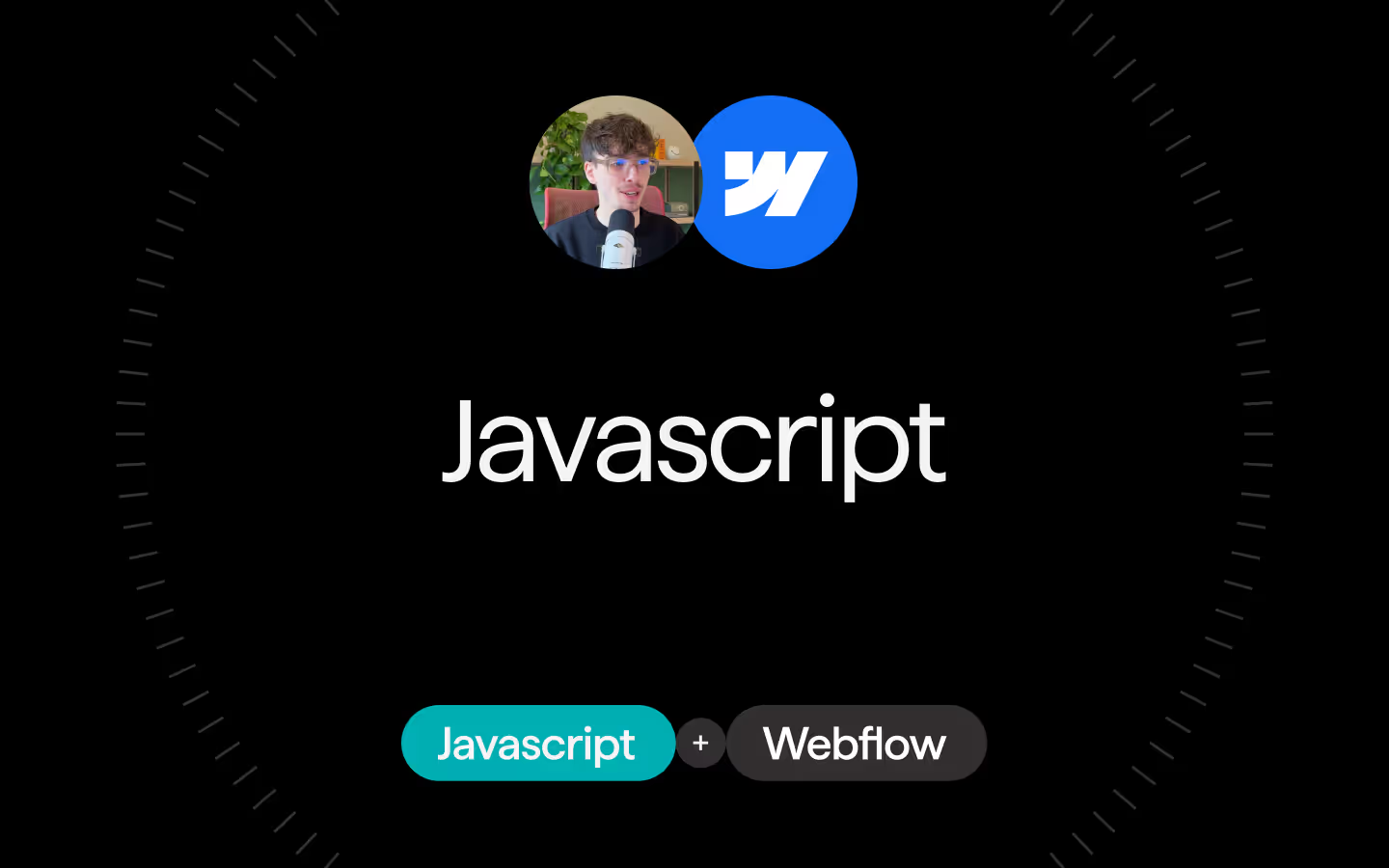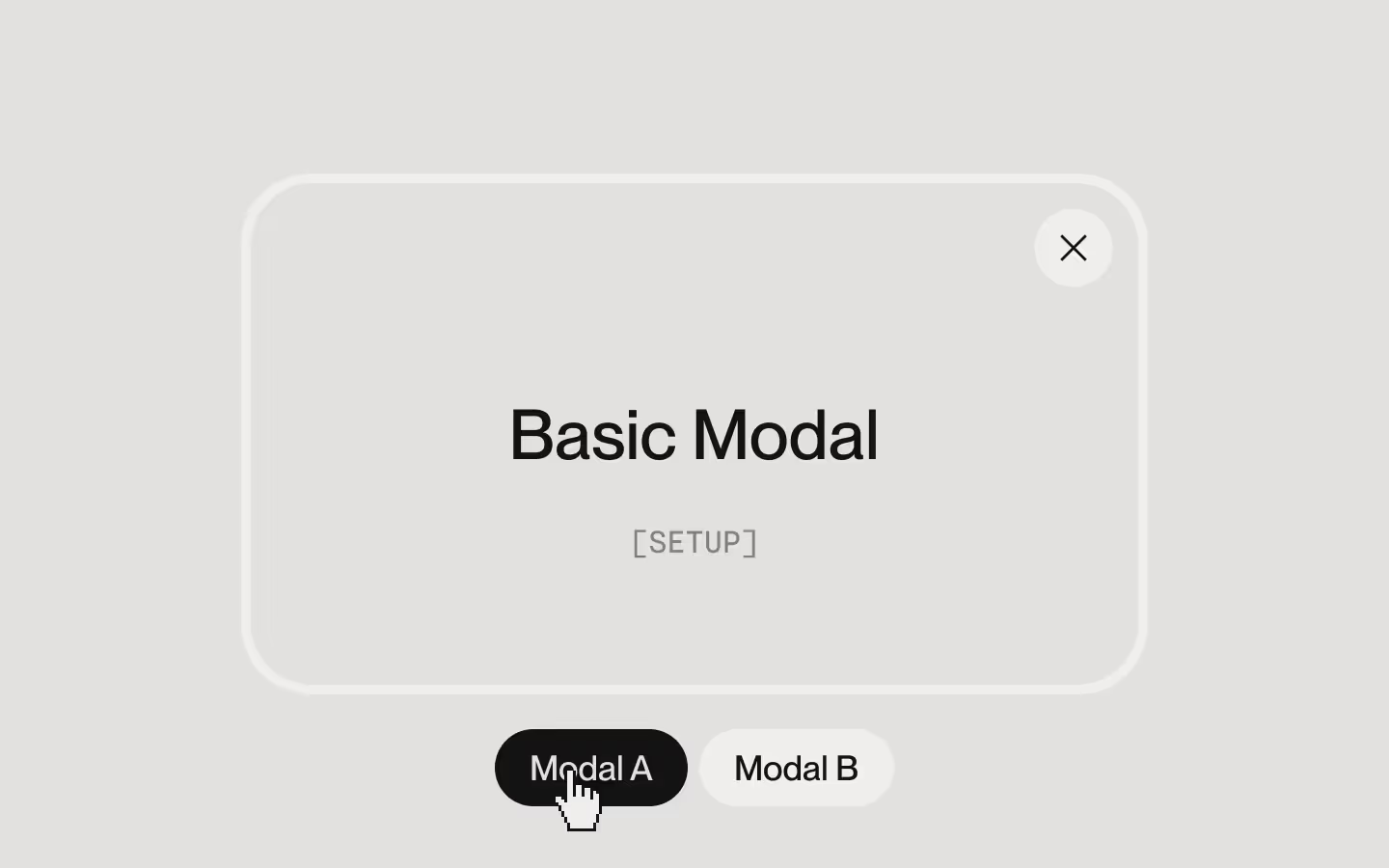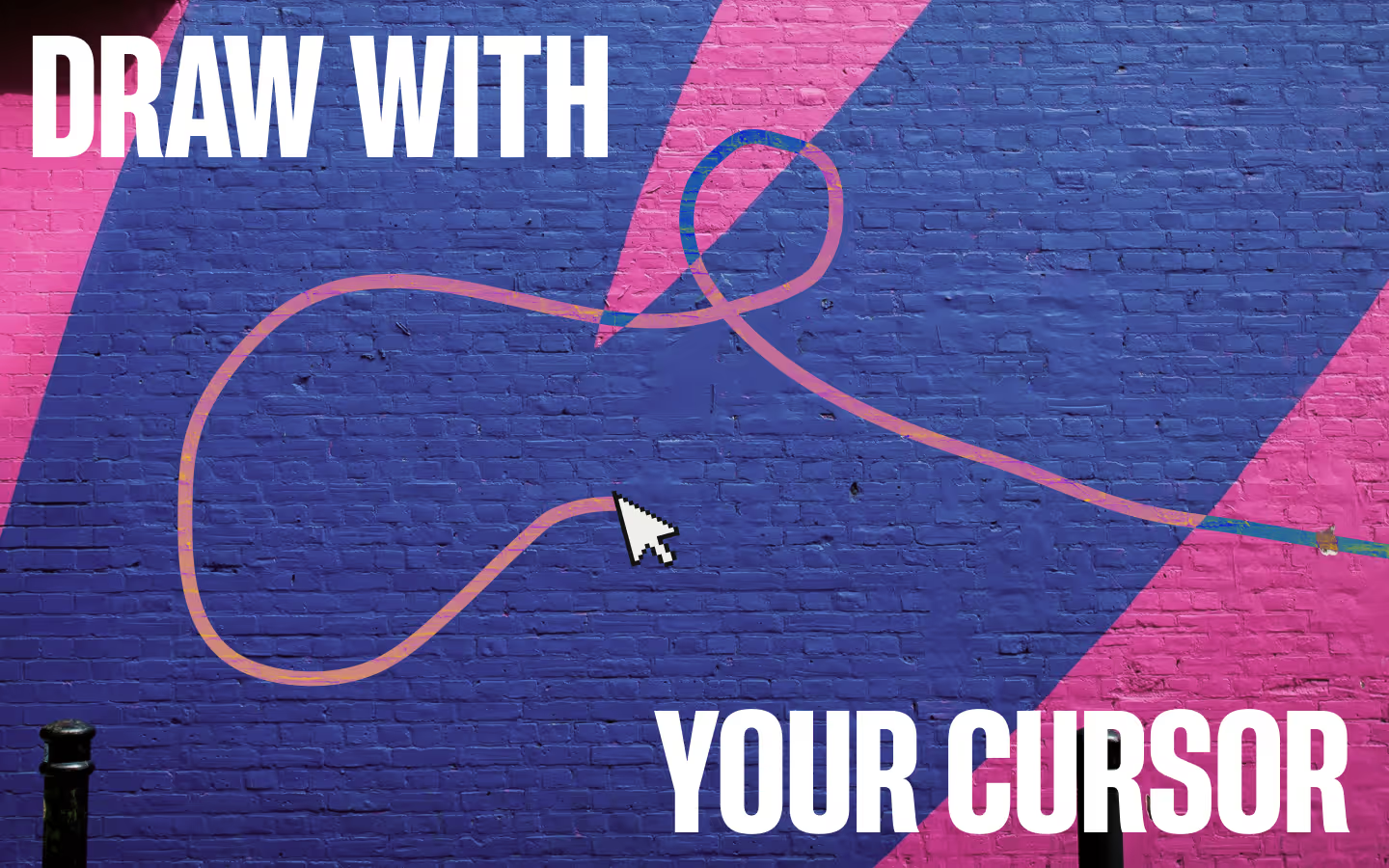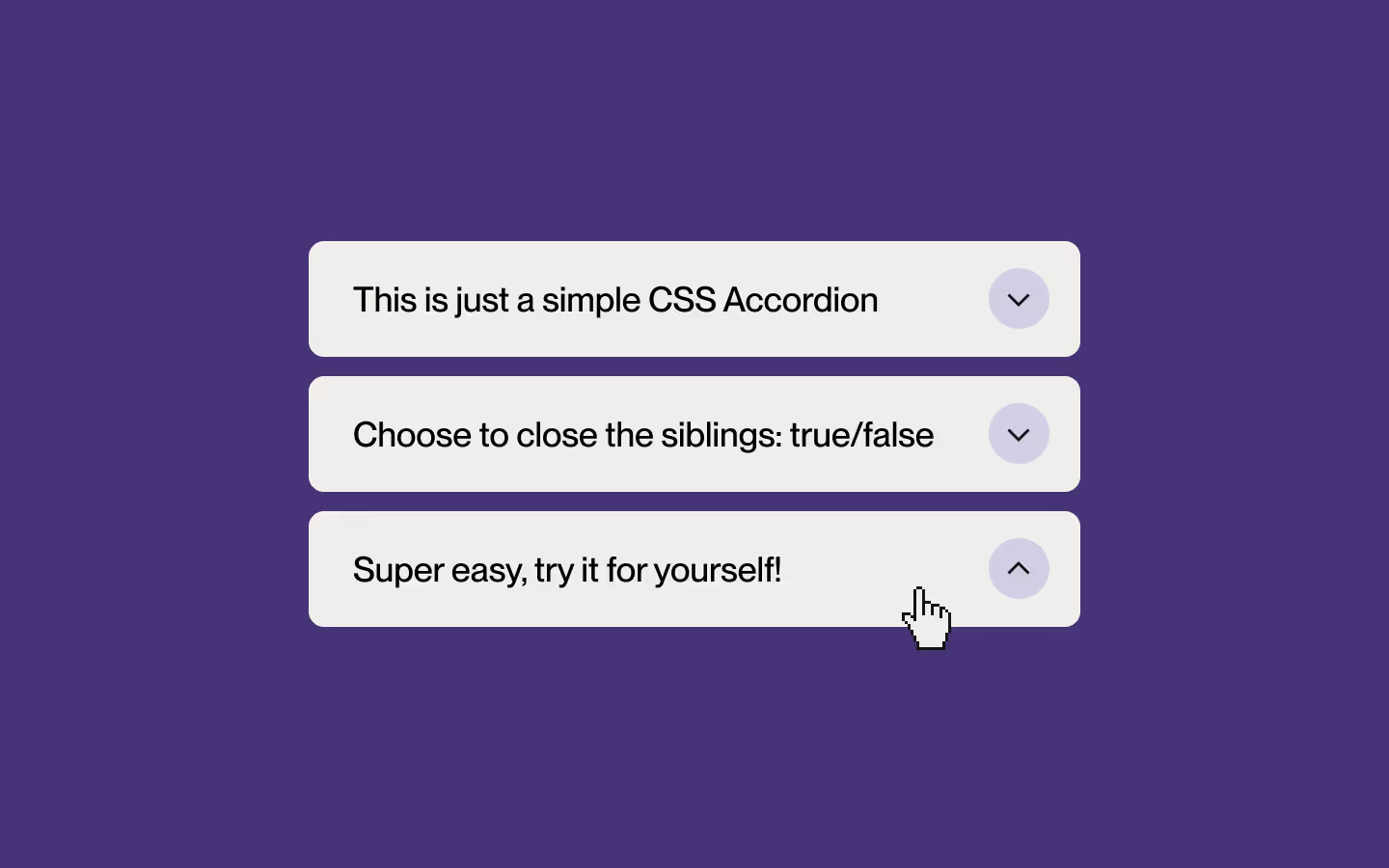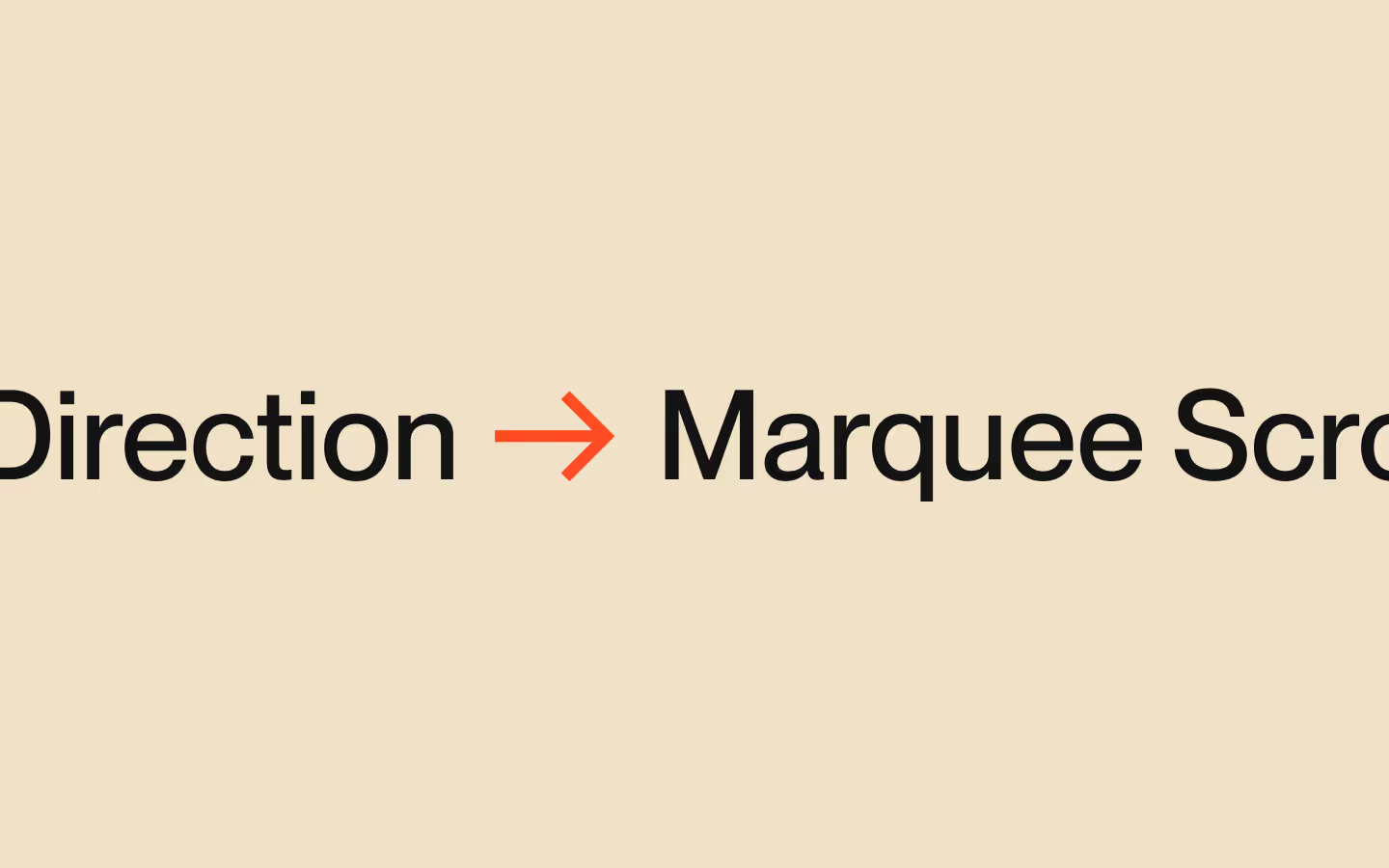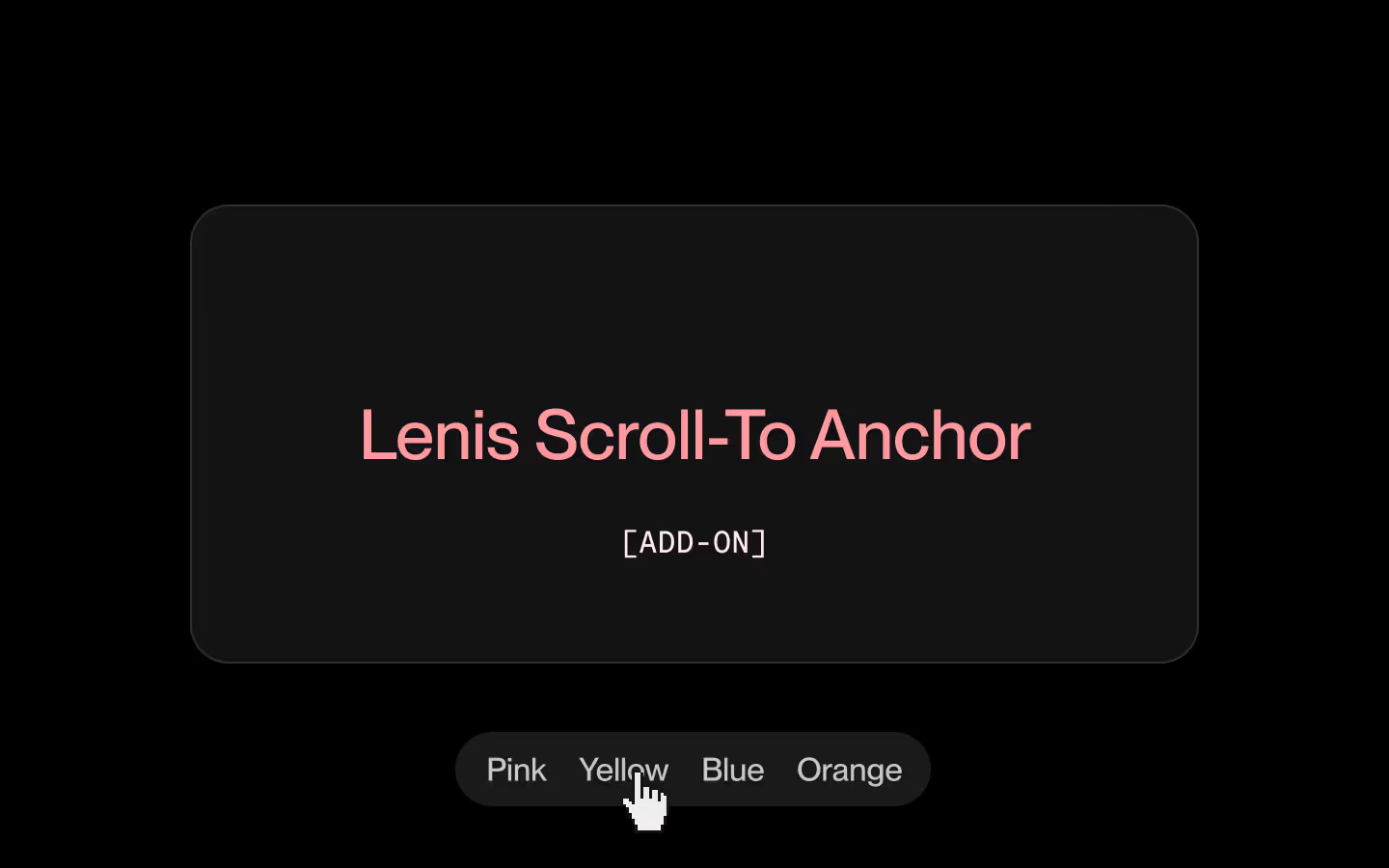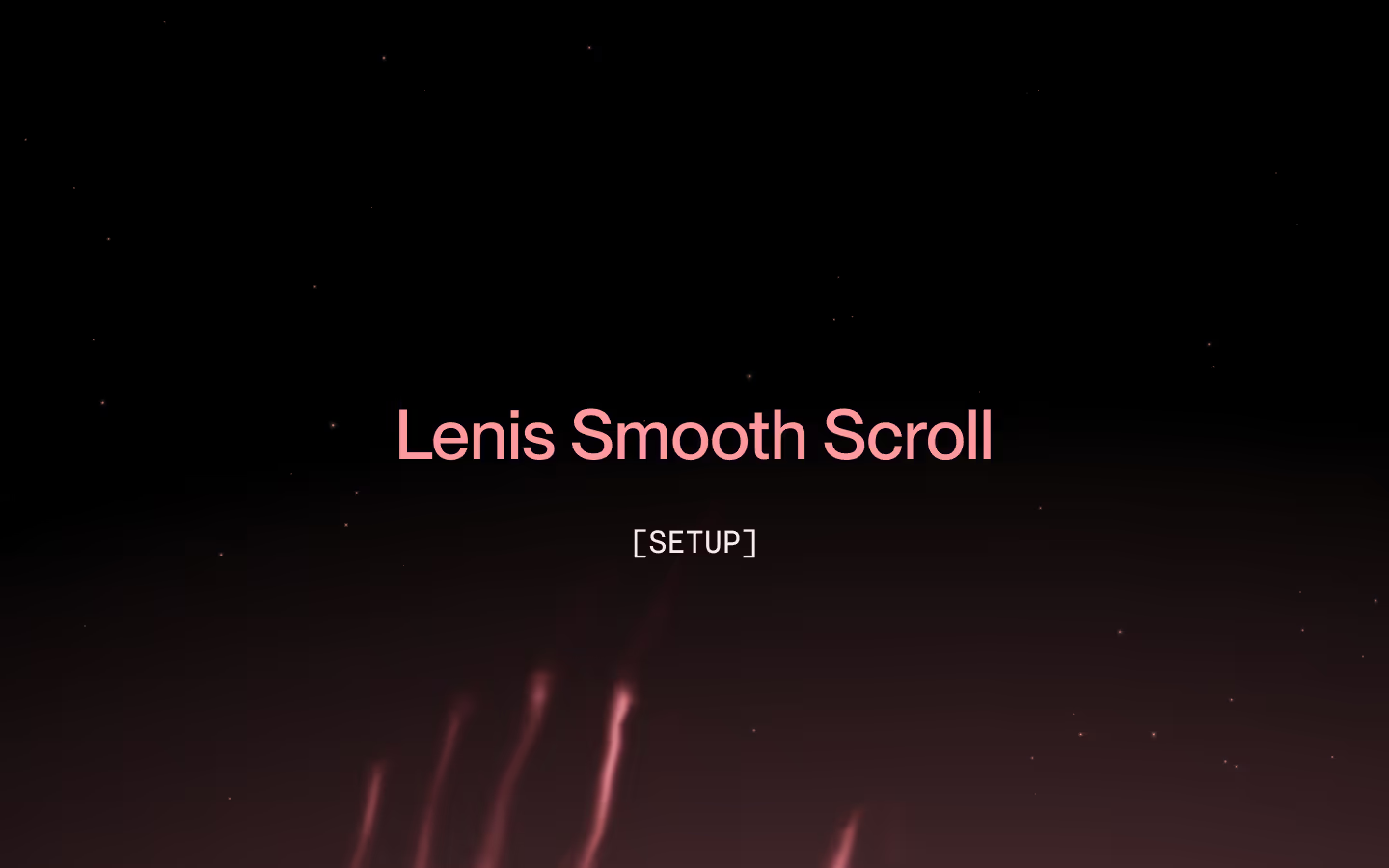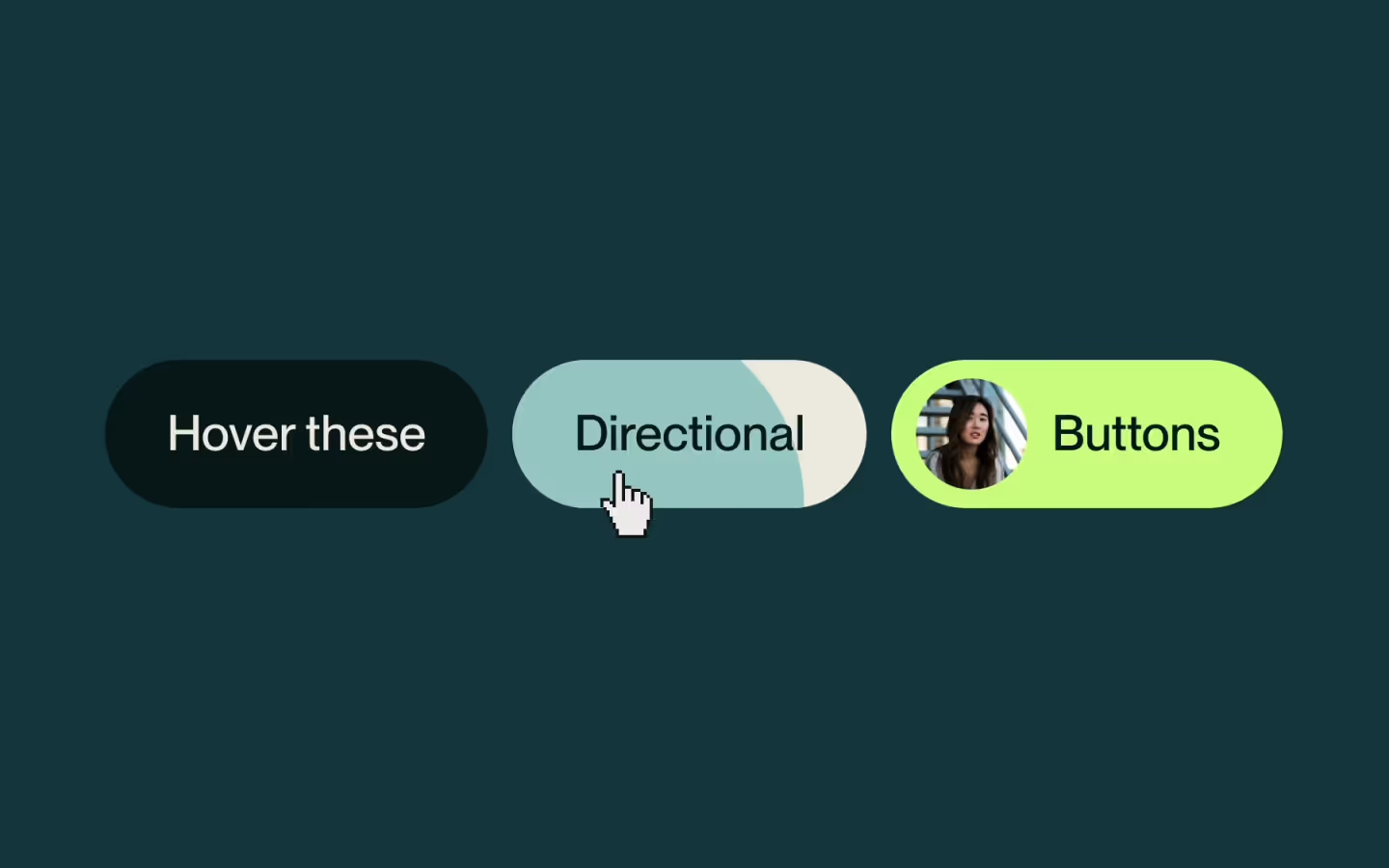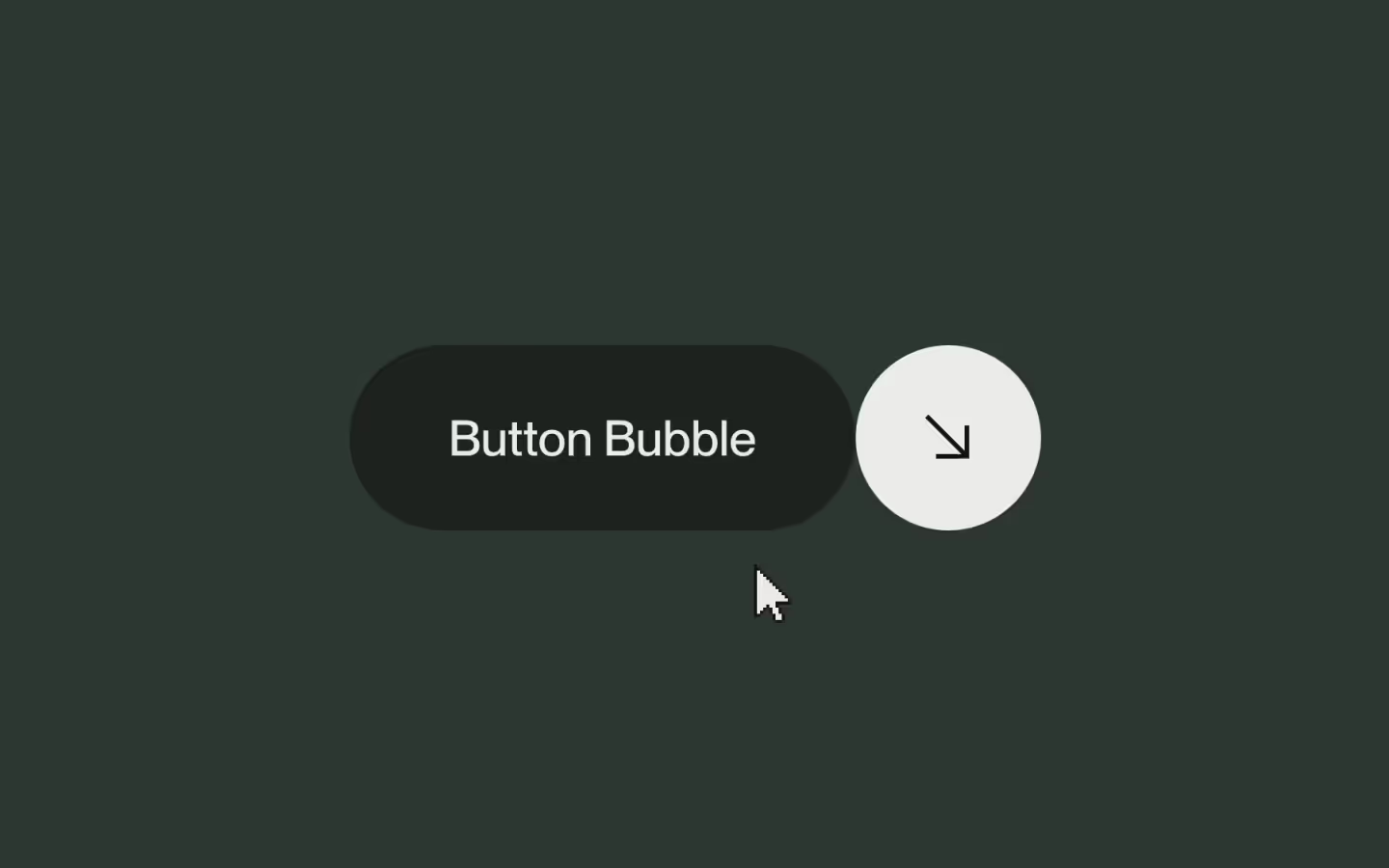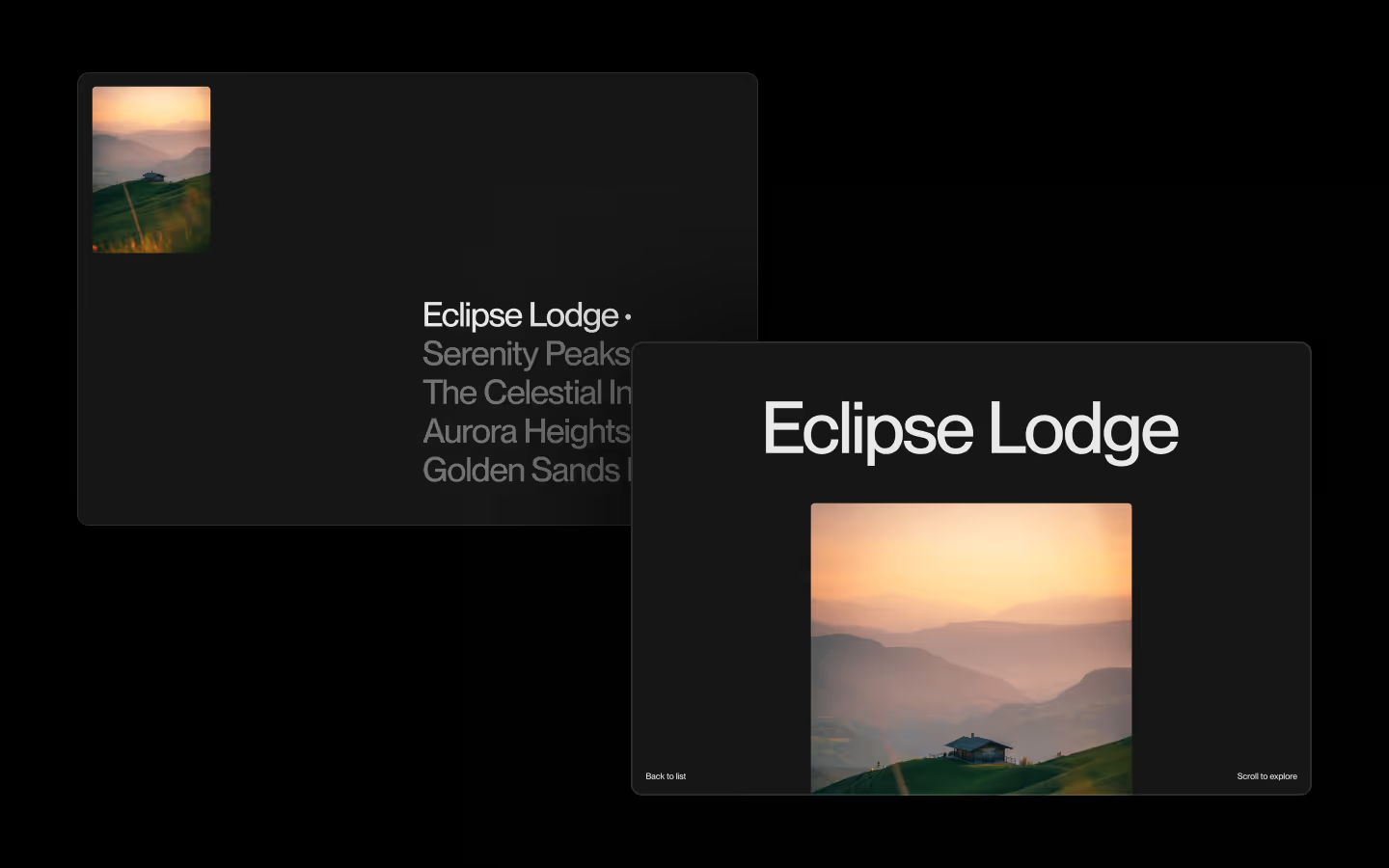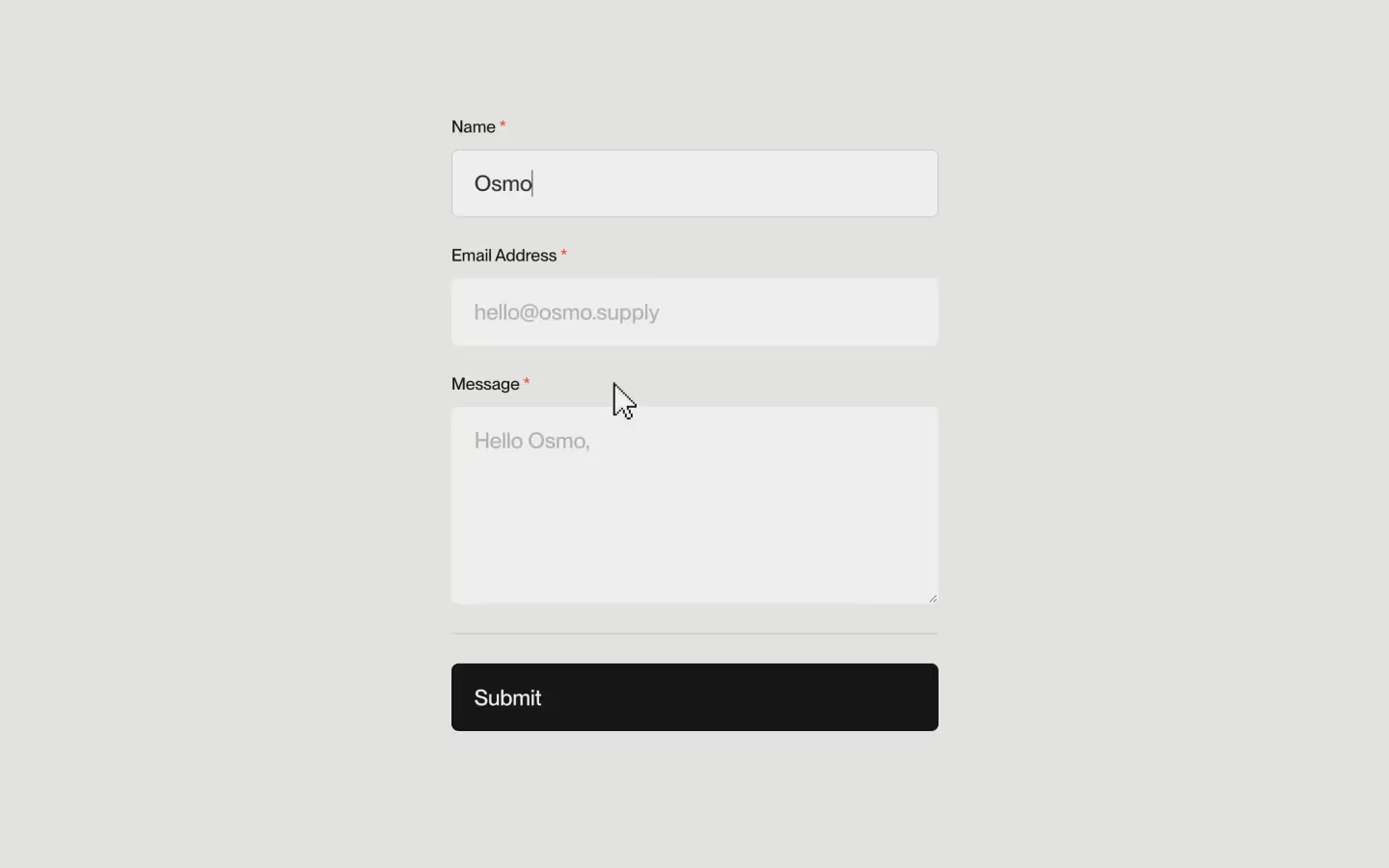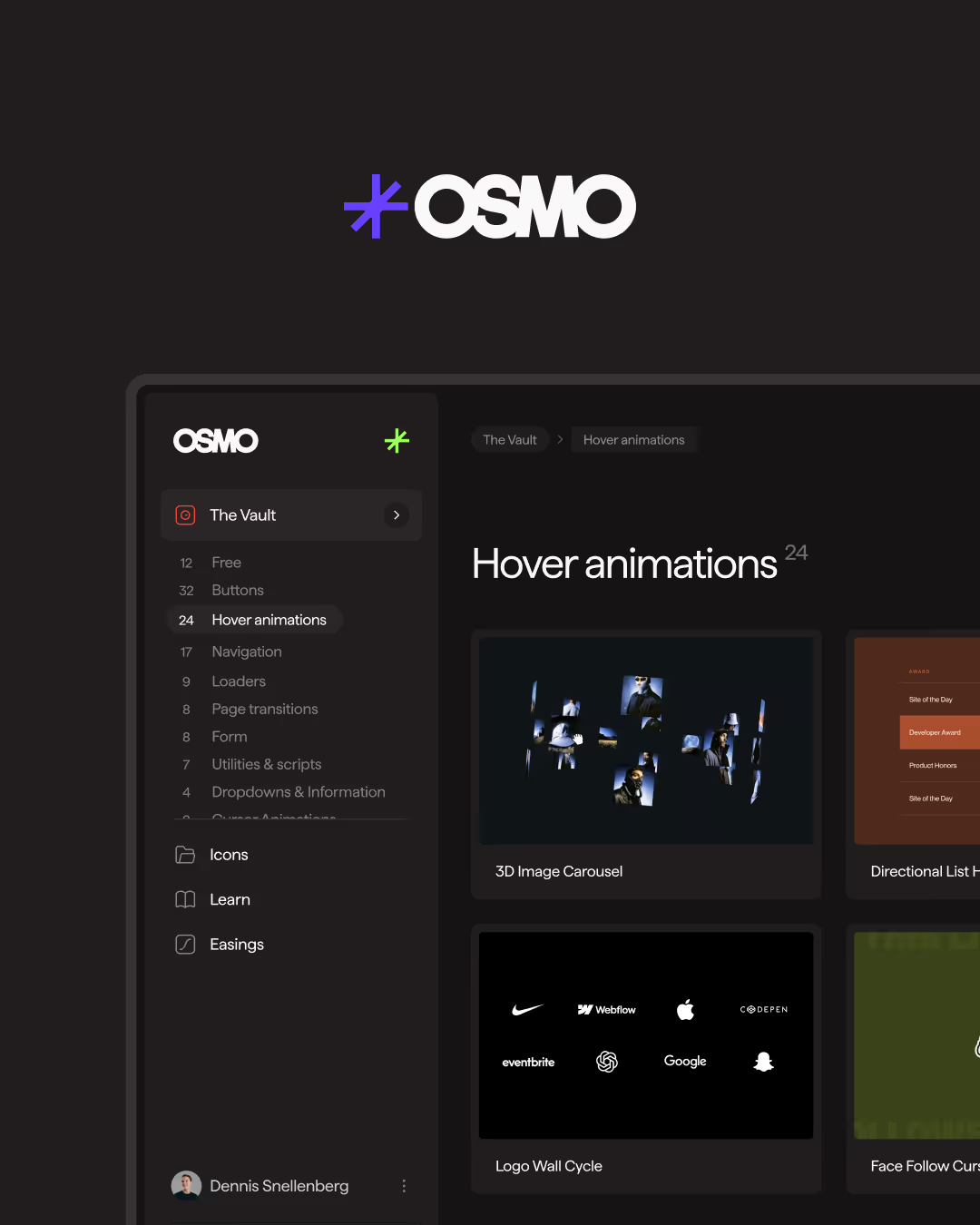Button with Slanted Reveal

Documentation
Webflow
Code
Setup: External Scripts
External Scripts in Webflow
Make sure to always put the External Scripts before the Javascript step of the resource.
In this video you learn where to put these in your Webflow project? Or how to include a paid GSAP Club plugin in your project?
HTML
Step 1: Copy structure to Webflow
Copy structure to Webflow
In the video below we described how you can copy + paste the structure of this resource to your Webflow project.
Copy to Webflow
Webflow structure is not required for this resource.
Step 1: Add HTML
HTML
<a href="#" class="btn-slanted">
<div class="btn-slanted-label__wrap">
<span class="btn-slanted-label">Slanted Button</span>
<span aria-hidden="true" class="btn-slanted-label">Slanted Button</span>
</div>
<div class="btn-slanted-bg"></div>
</a>HTML structure is not required for this resource.
Step 2: Add CSS
CSS
.btn-slanted {
color: #fff;
background-color: #146ef5;
border-radius: .125em;
padding: .625em 1em;
text-decoration: none;
position: relative;
overflow: hidden;
--rotate: 20deg;
--move: 150%;
}
.btn-slanted-label__wrap {
z-index: 1;
place-items: center;
display: grid;
position: relative;
}
.btn-slanted-bg {
z-index: 0;
transform-origin: 50% 0;
border-radius: inherit;
background-color: #002f79;
width: 120%;
height: 100%;
position: absolute;
top: auto;
bottom: 0%;
right: 0;
transform: rotate(-30deg)translate(0%, 200%);
transition: transform 0.45s cubic-bezier(0.625, 0.05, 0, 1);
}
.btn-slanted-label{
transform-origin: 50% 1000%;
transition: transform 0.45s cubic-bezier(0.625, 0.05, 0, 1);
}
.btn-slanted-label:not(:nth-of-type(1)){
position: absolute;
}
.btn-slanted-label:nth-of-type(1){
transform: translate(calc(var(--move) * 0), calc(var(--move) * 0)) rotate(calc(var(--rotate) * 0));
transition-delay: 0.075s;
}
.btn-slanted-label:nth-of-type(2){
transform: translate(calc(var(--move) * -0.2), calc(var(--move) * 2.5)) rotate(calc(var(--rotate) * -2));
transition-delay: 0s;
}
/* Hover styles */
@media (hover: hover) {
.btn-slanted:hover .btn-slanted-label:nth-of-type(1){
transform: translate(calc(var(--move) * 0.2), calc(var(--move) * -2.5)) rotate(calc(var(--rotate) * 2));
transition-delay: 0s;
}
.btn-slanted:hover .btn-slanted-label:nth-of-type(2){
transform: translate(calc(var(--move) * 0), calc(var(--move) * 0)) rotate(calc(var(--rotate) * 0));
transition-delay: 0.075s;
}
.btn-slanted:hover .btn-slanted-bg{
transform: translate(0%, 0%) rotate(0deg);
}
}
/* Focus styles */
.btn-slanted:focus-visible .btn-slanted-label:nth-of-type(1){
transform: translate(calc(var(--move) * 0.2), calc(var(--move) * -2.5)) rotate(calc(var(--rotate) * 2));
transition-delay: 0s;
}
.btn-slanted:focus-visible .btn-slanted-label:nth-of-type(2){
transform: translate(calc(var(--move) * 0), calc(var(--move) * 0)) rotate(calc(var(--rotate) * 0));
transition-delay: 0.075s;
}
.btn-slanted:focus-visible .btn-slanted-bg{
transform: translate(0%, 0%) rotate(0deg);
}Step 2: Add custom Javascript
Custom Javascript in Webflow
In this video, Ilja gives you some guidance about using JavaScript in Webflow:
Step 2: Add Javascript
Step 3: Add Javascript
Javascript
Step 3: Add custom CSS
Step 2: Add custom CSS
Custom CSS in Webflow
Curious about where to put custom CSS in Webflow? Ilja explains it in the below video:
CSS
.btn-slanted{
--rotate: 20deg;
--move: 150%;
}
.btn-slanted-label{
transform-origin: 50% 1000%;
transition: transform 0.45s cubic-bezier(0.625, 0.05, 0, 1);
}
.btn-slanted-bg{
transition: transform 0.45s cubic-bezier(0.625, 0.05, 0, 1);
}
.btn-slanted-label:not(:nth-of-type(1)){
position: absolute;
}
.btn-slanted-label:nth-of-type(1){
transform: translate(calc(var(--move) * 0), calc(var(--move) * 0)) rotate(calc(var(--rotate) * 0));
transition-delay: 0.075s;
}
.btn-slanted-label:nth-of-type(2){
transform: translate(calc(var(--move) * -0.2), calc(var(--move) * 2.5)) rotate(calc(var(--rotate) * -2));
transition-delay: 0s;
}
/* Hover styles */
@media (hover: hover) {
.btn-slanted:hover .btn-slanted-label:nth-of-type(1){
transform: translate(calc(var(--move) * 0.2), calc(var(--move) * -2.5)) rotate(calc(var(--rotate) * 2));
transition-delay: 0s;
}
.btn-slanted:hover .btn-slanted-label:nth-of-type(2){
transform: translate(calc(var(--move) * 0), calc(var(--move) * 0)) rotate(calc(var(--rotate) * 0));
transition-delay: 0.075s;
}
.btn-slanted:hover .btn-slanted-bg{
transform: translate(0%, 0%) rotate(0deg);
}
}
/* Focus styles */
.btn-slanted:focus-visible .btn-slanted-label:nth-of-type(1){
transform: translate(calc(var(--move) * 0.2), calc(var(--move) * -2.5)) rotate(calc(var(--rotate) * 2));
transition-delay: 0s;
}
.btn-slanted:focus-visible .btn-slanted-label:nth-of-type(2){
transform: translate(calc(var(--move) * 0), calc(var(--move) * 0)) rotate(calc(var(--rotate) * 0));
transition-delay: 0.075s;
}
.btn-slanted:focus-visible .btn-slanted-bg{
transform: translate(0%, 0%) rotate(0deg);
}Implementation
By playing with the transform-origin on our .btn-slanted-label we can create some interesting effects.
Almost is if the element is moving alongside a distant 'path'.
Changing transform values
To control the rotation and move value, we've added 2 variables on the .btn-slanted element:
--rotatedecides the rotation multiplier.--movedecides the distance multiplier for both X and Y axis.
We recommend to briefly set overflow: visible on the button while you're tweaking the transform and rotation values on your label. This way, it's much easier to see exactly how the labels move. If you want the exact same --rotate and --move values on all buttons in your site, consider removing them from .btn-slanted and add these variables to your root, so that you have a single place to control them from:
:root{
--rotate: 20deg;
--move: 150%;
}
.btn-slanted{
/* Remove from the button element:
--rotate: 20deg;
--move: 150%;
*/
}Resource details
Last updated
September 30, 2025
Category
Buttons
Need help?
Join Slack







